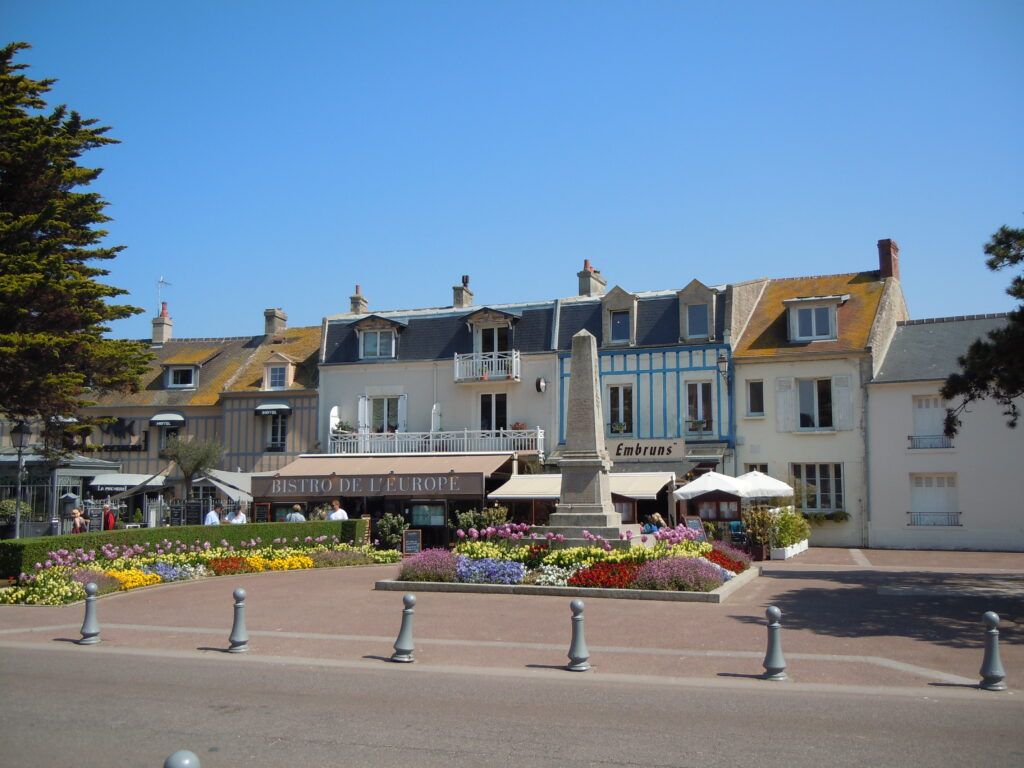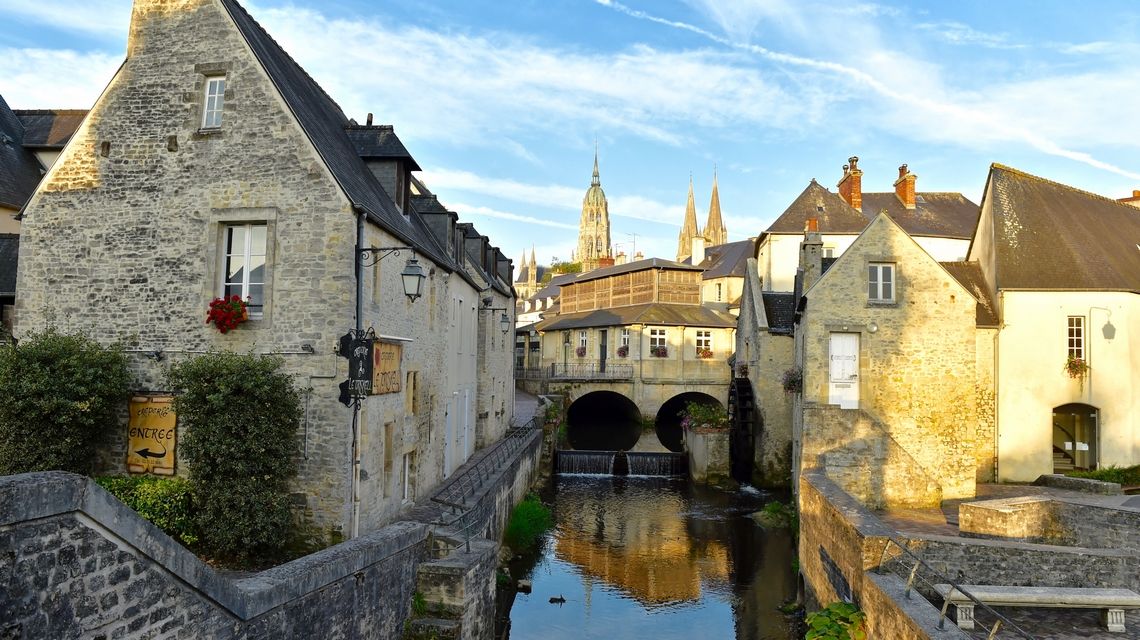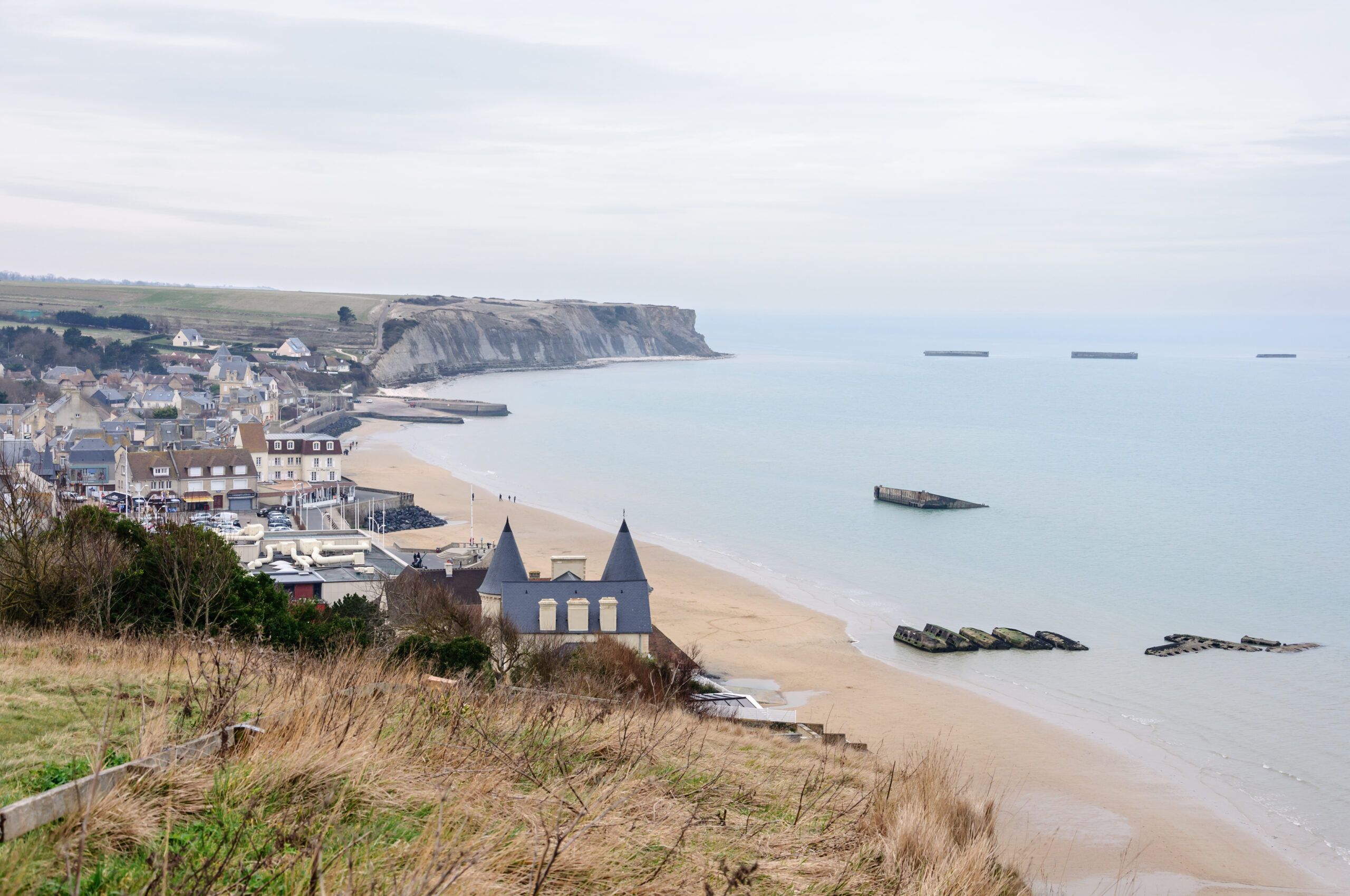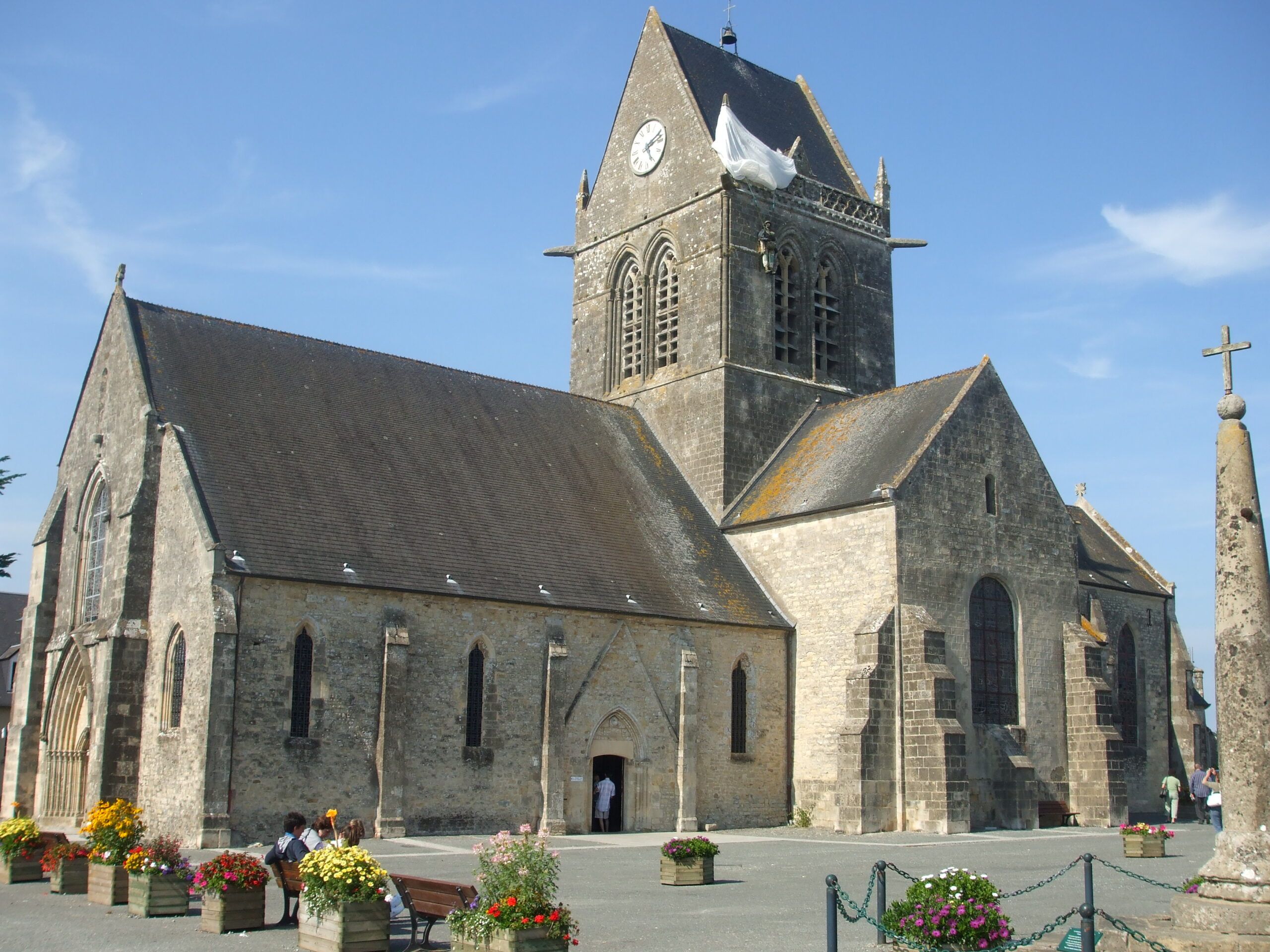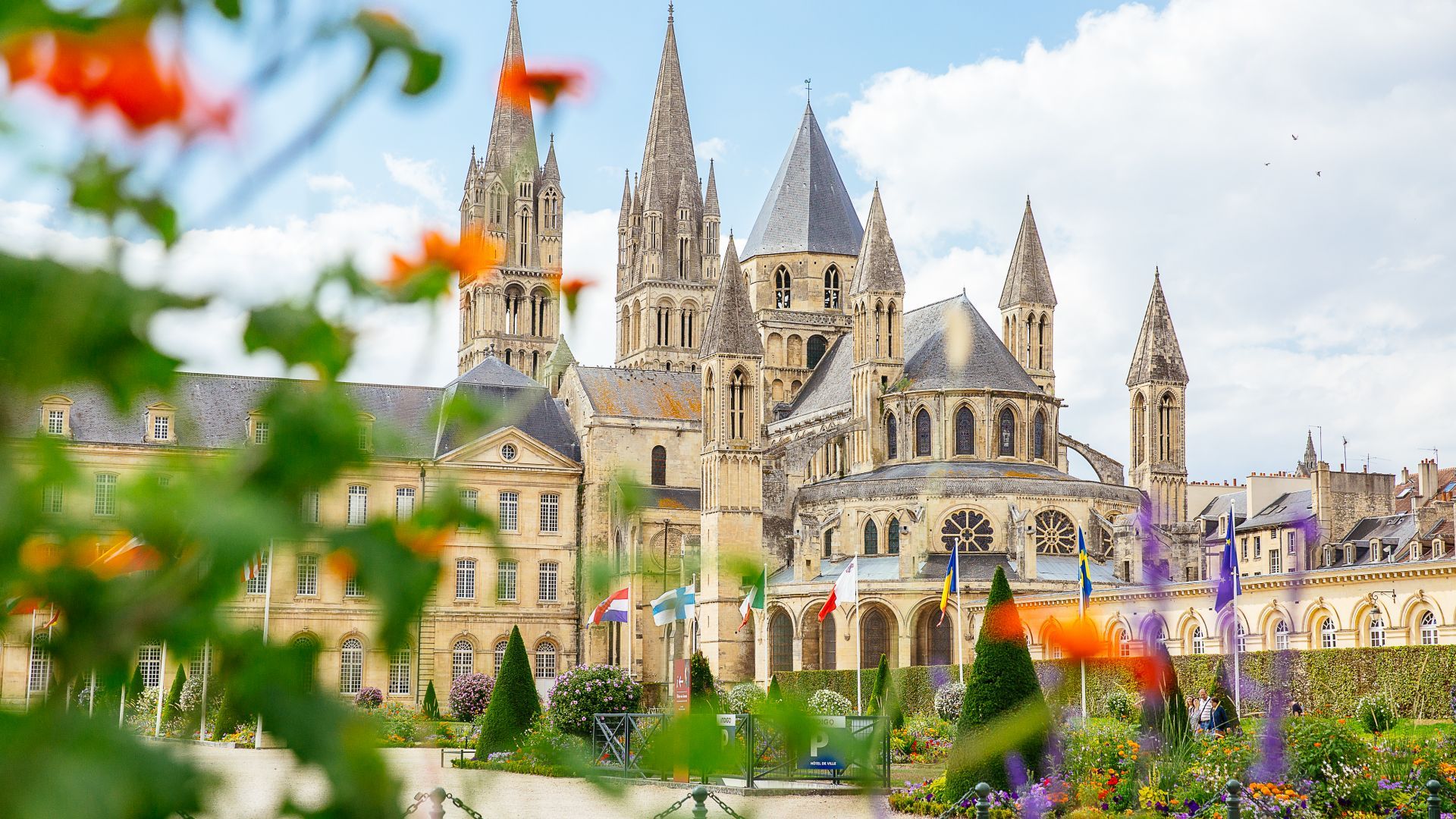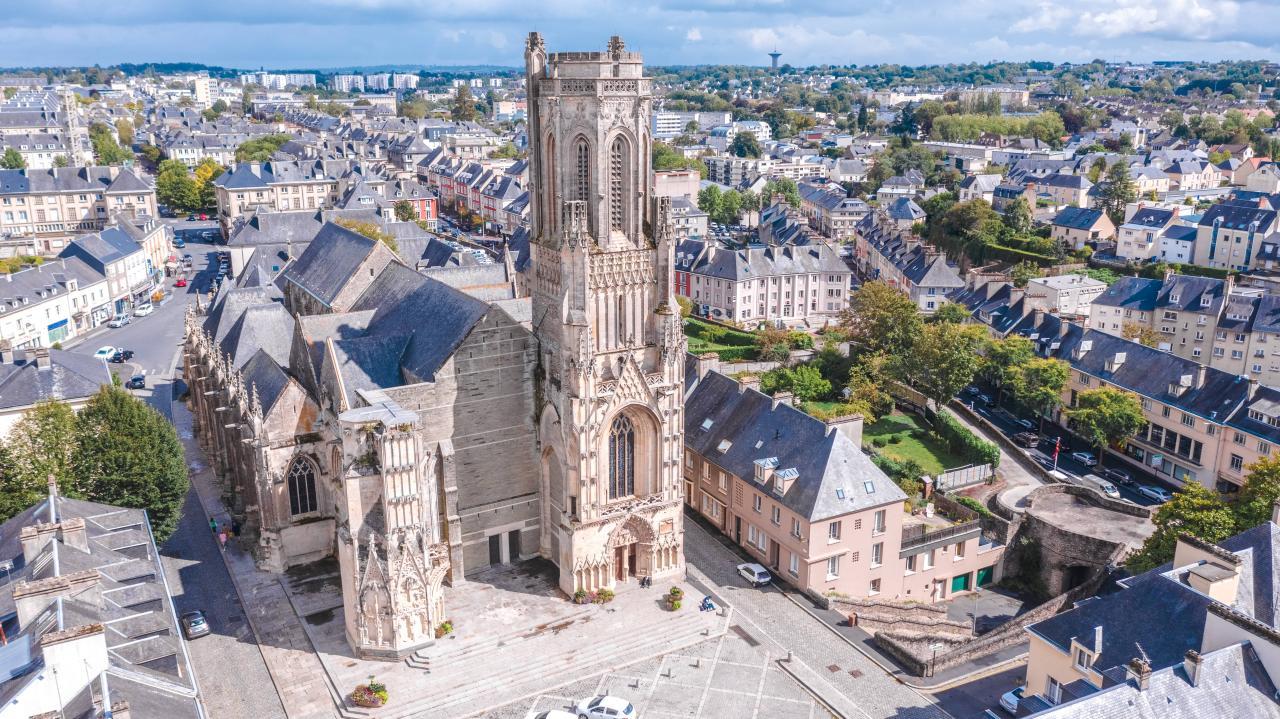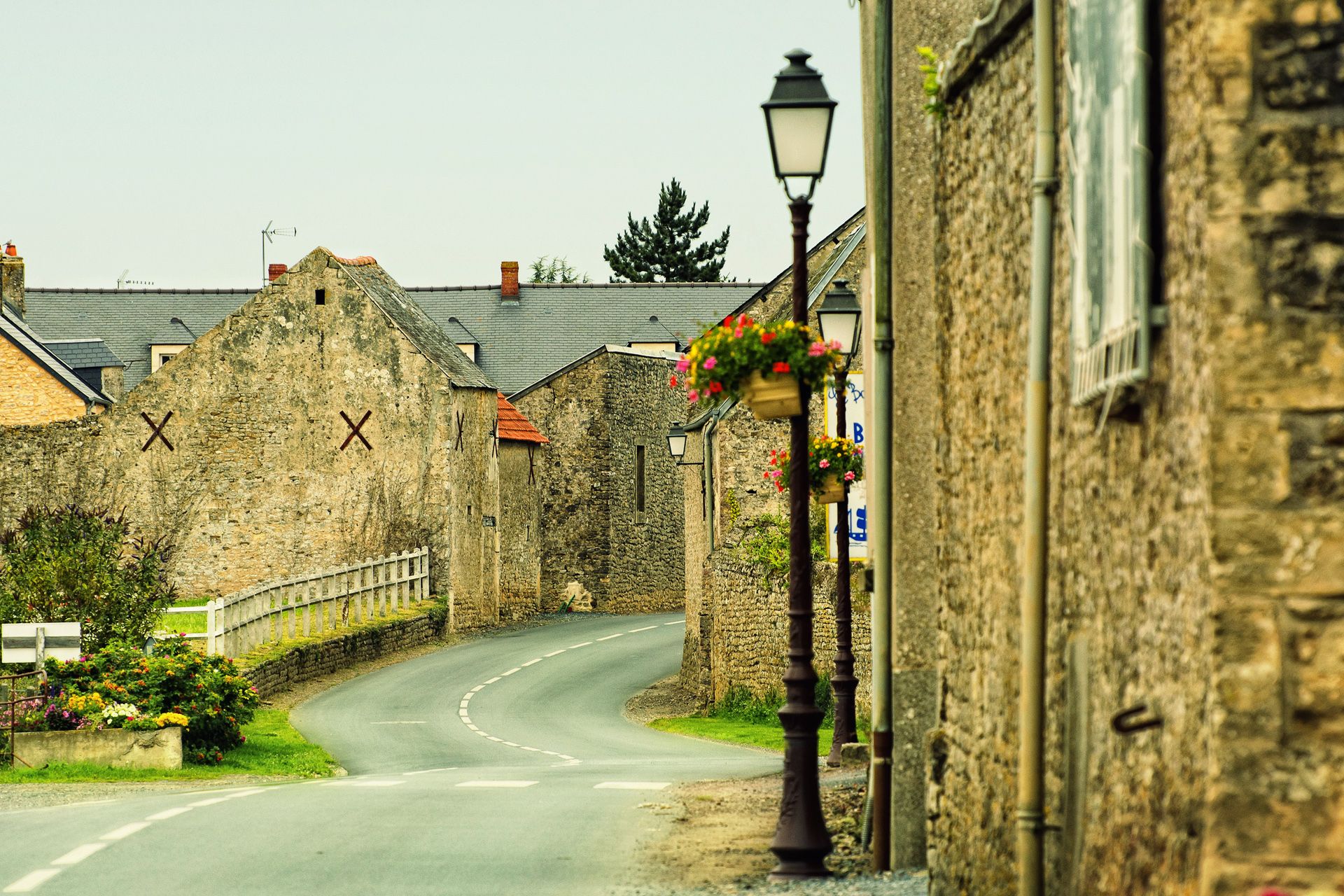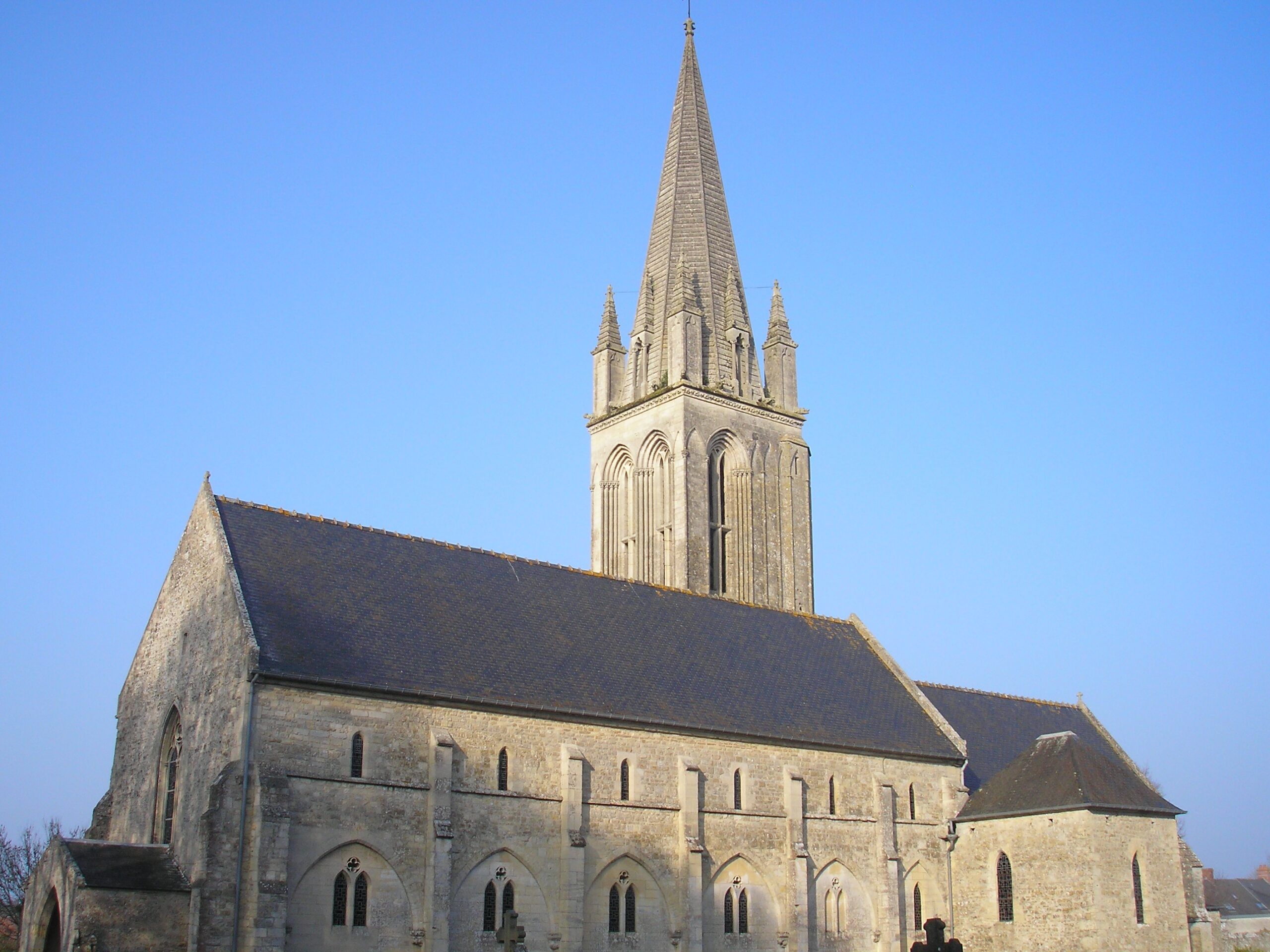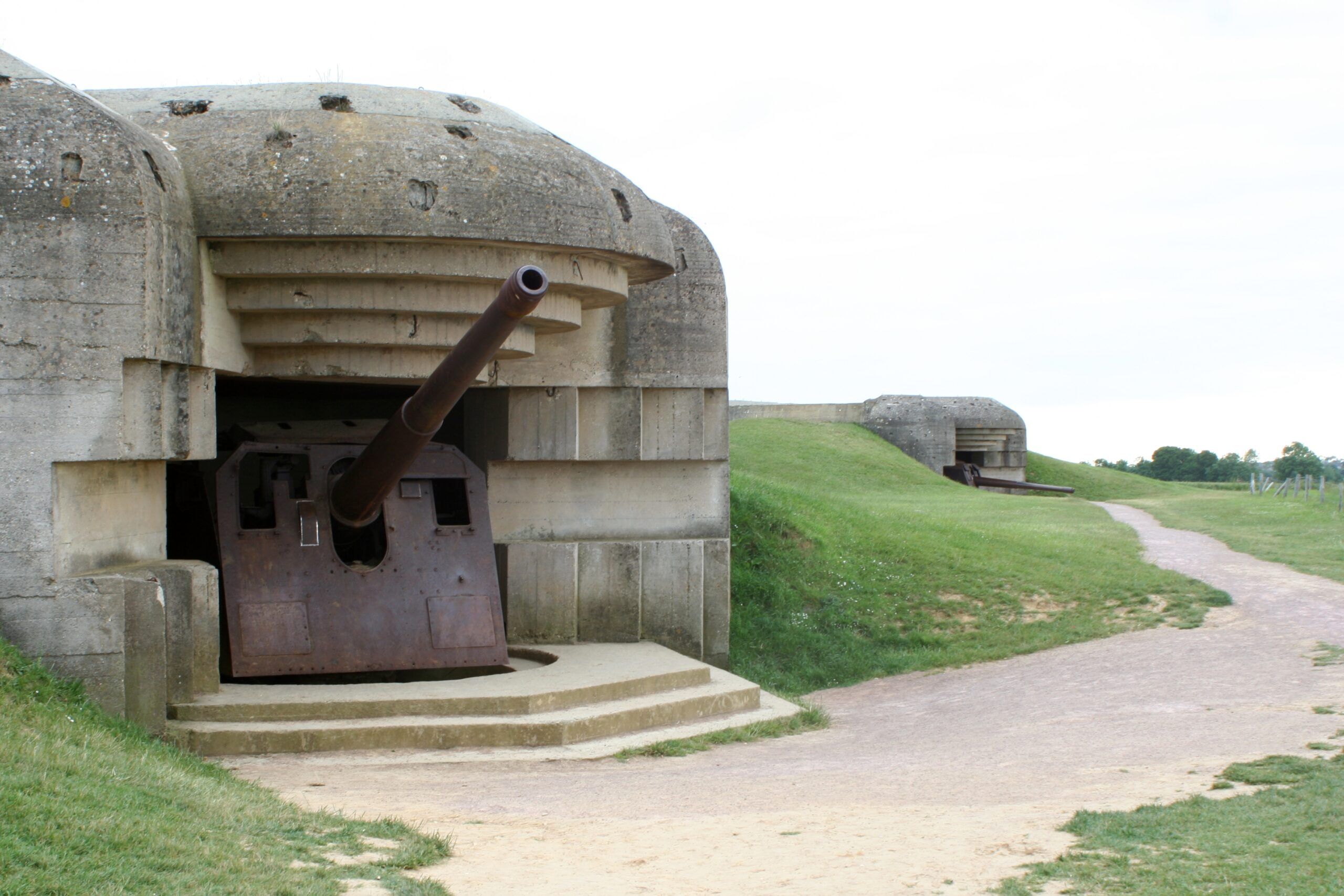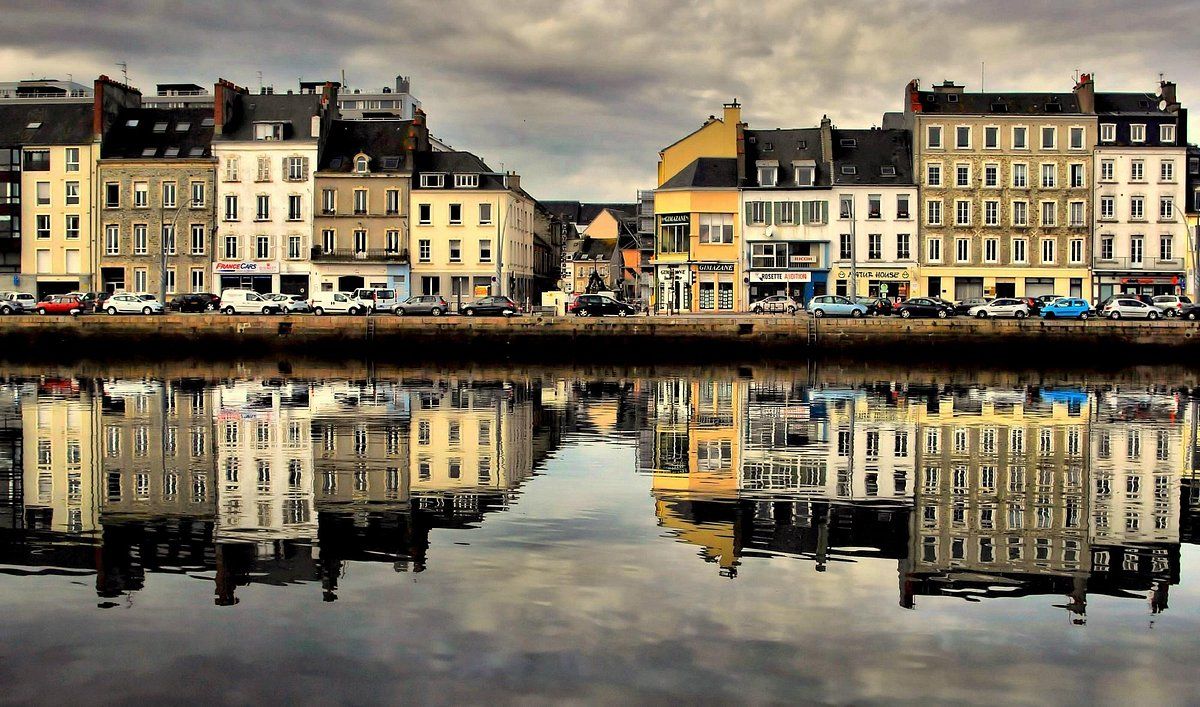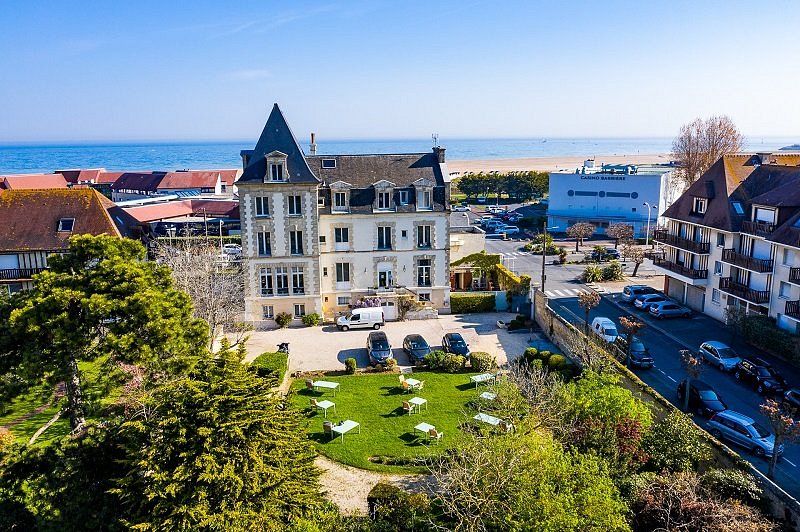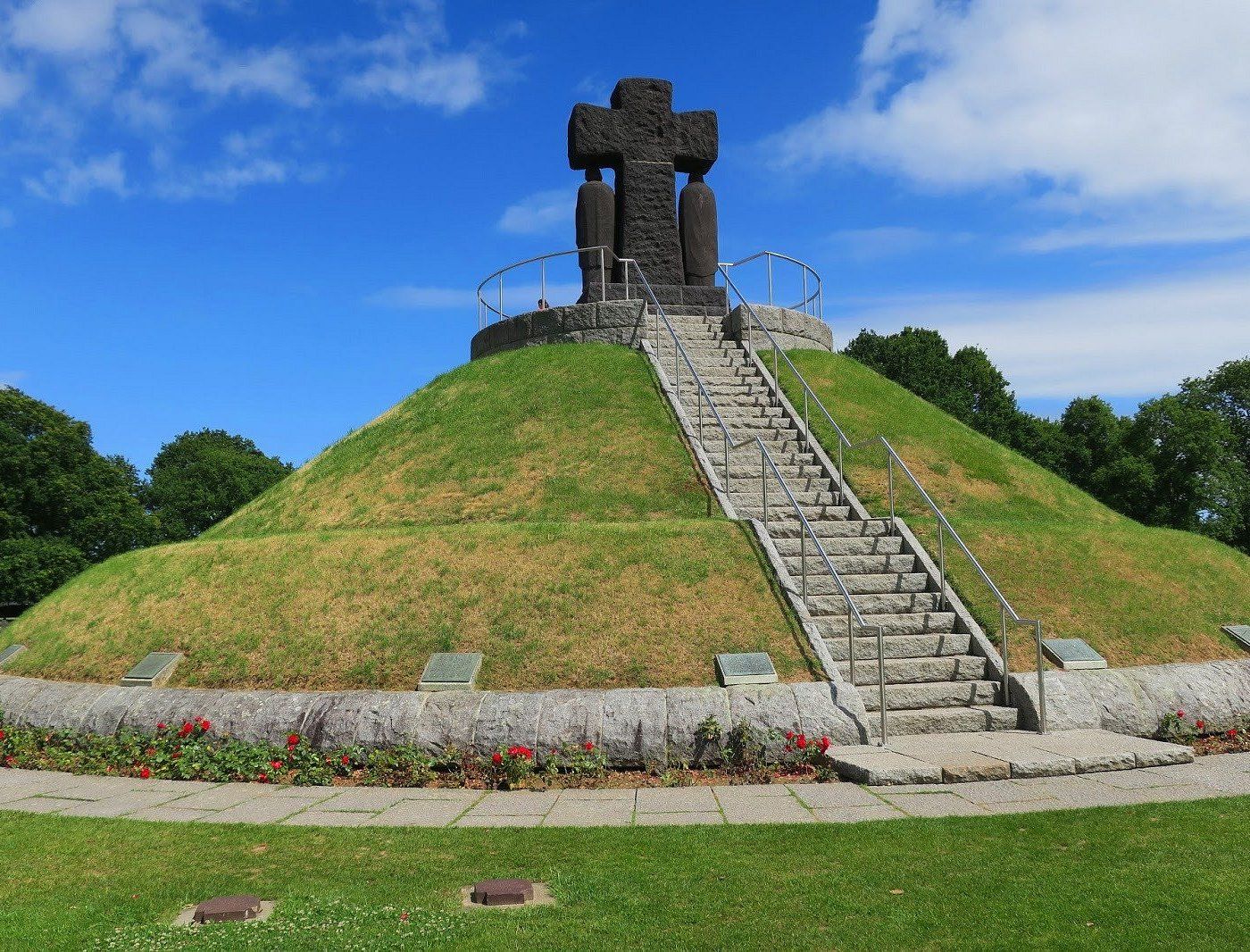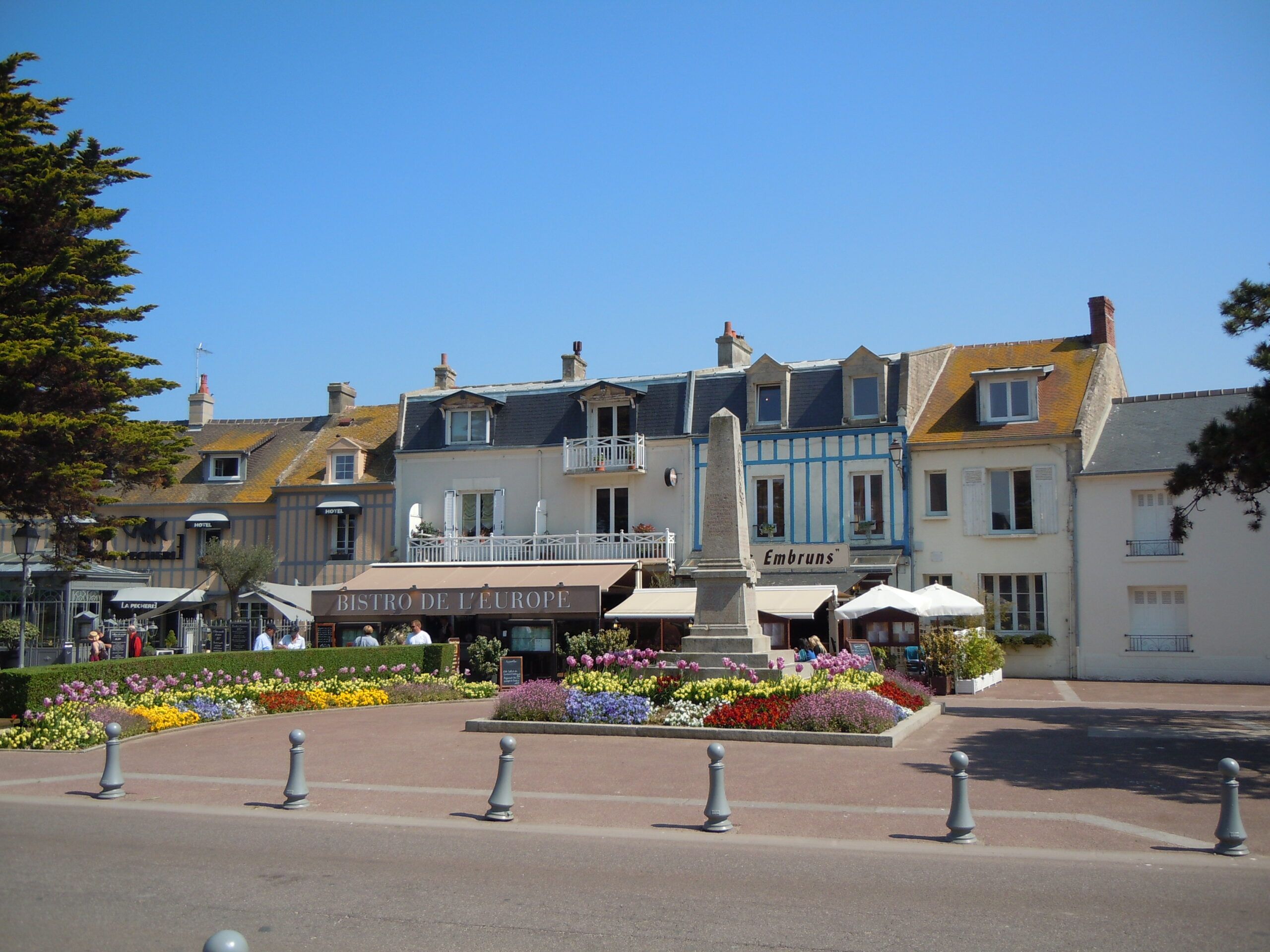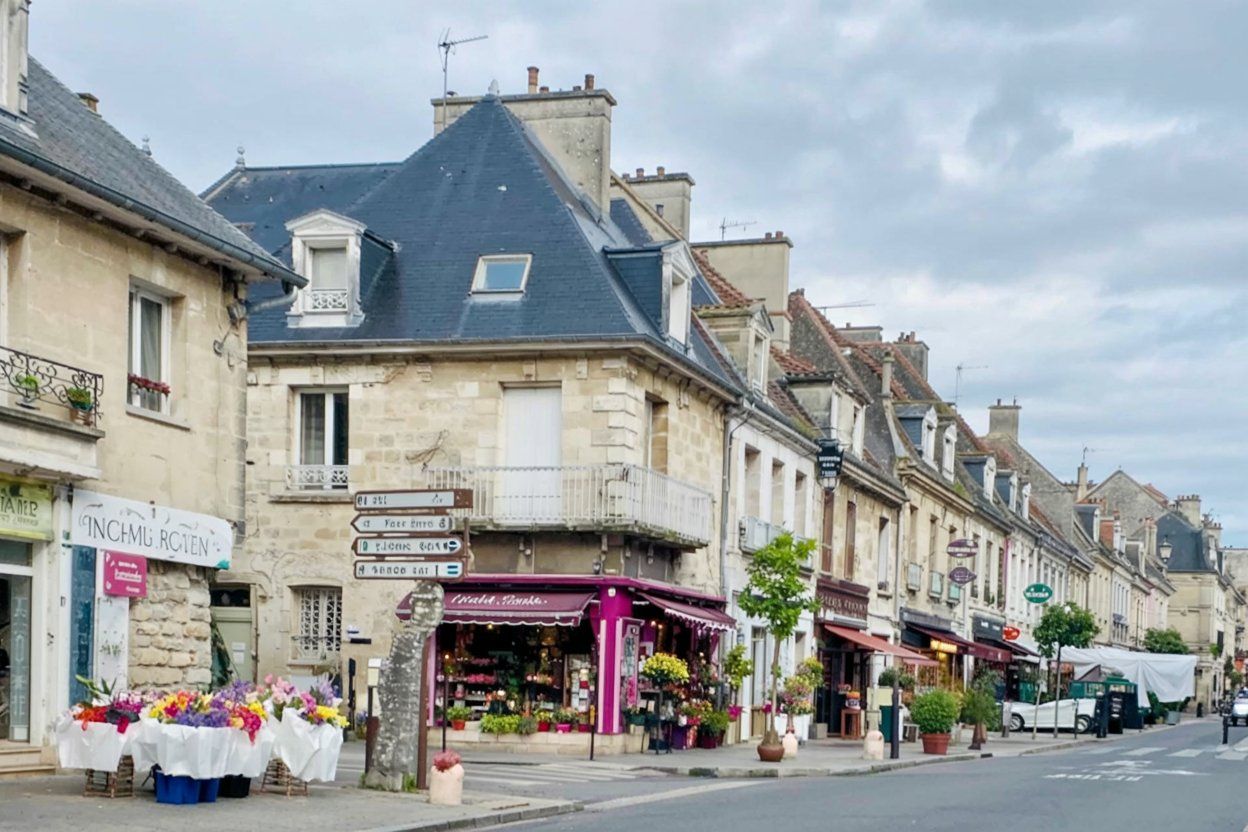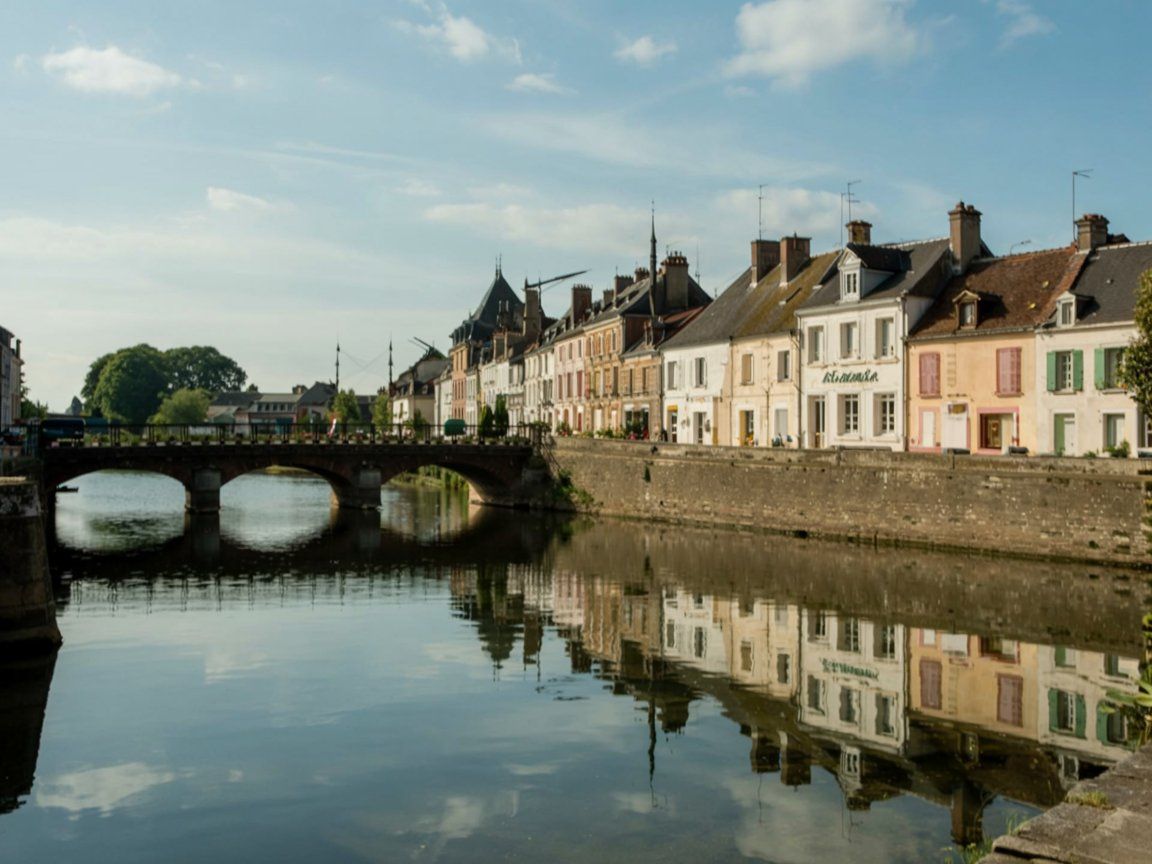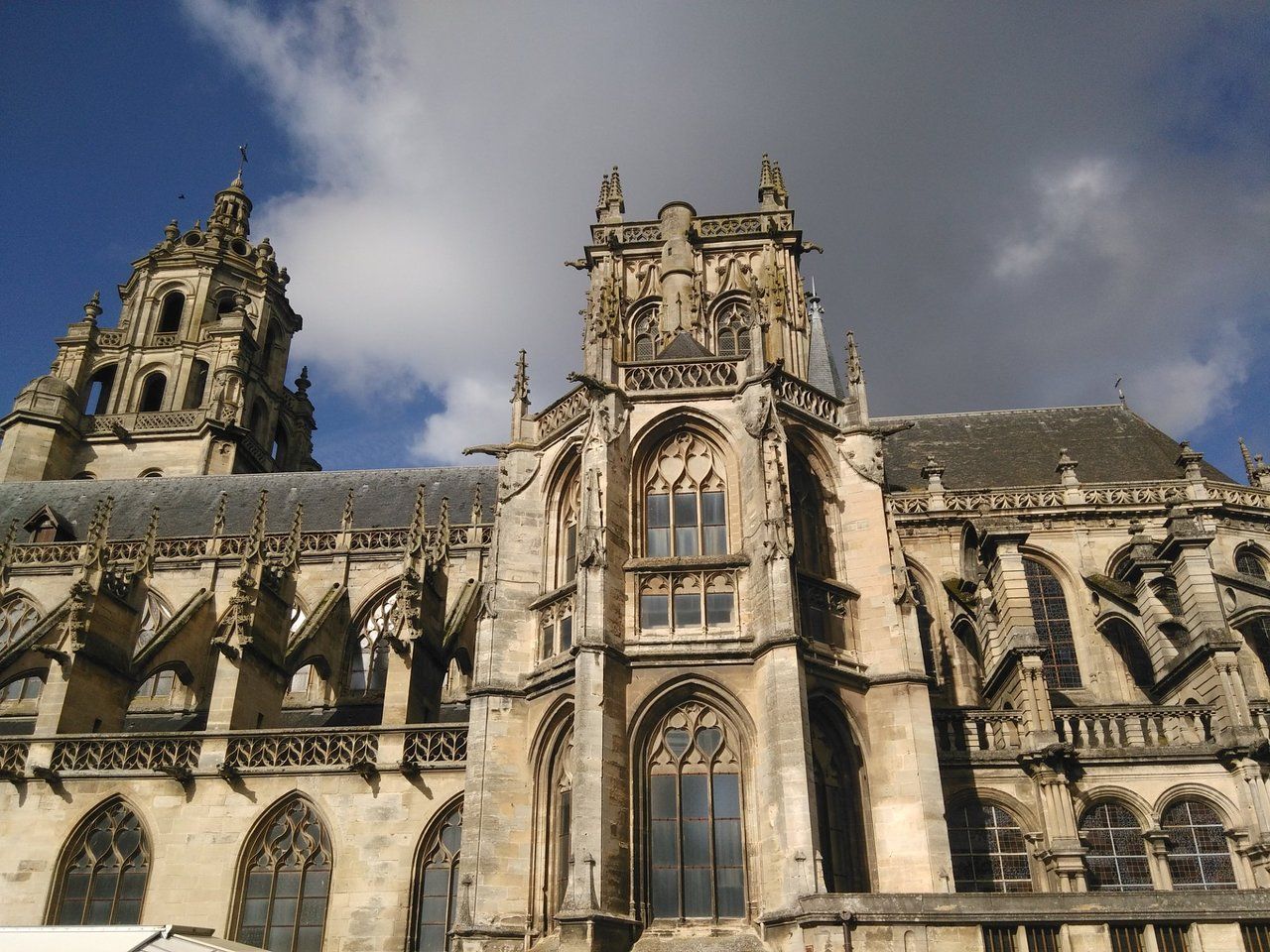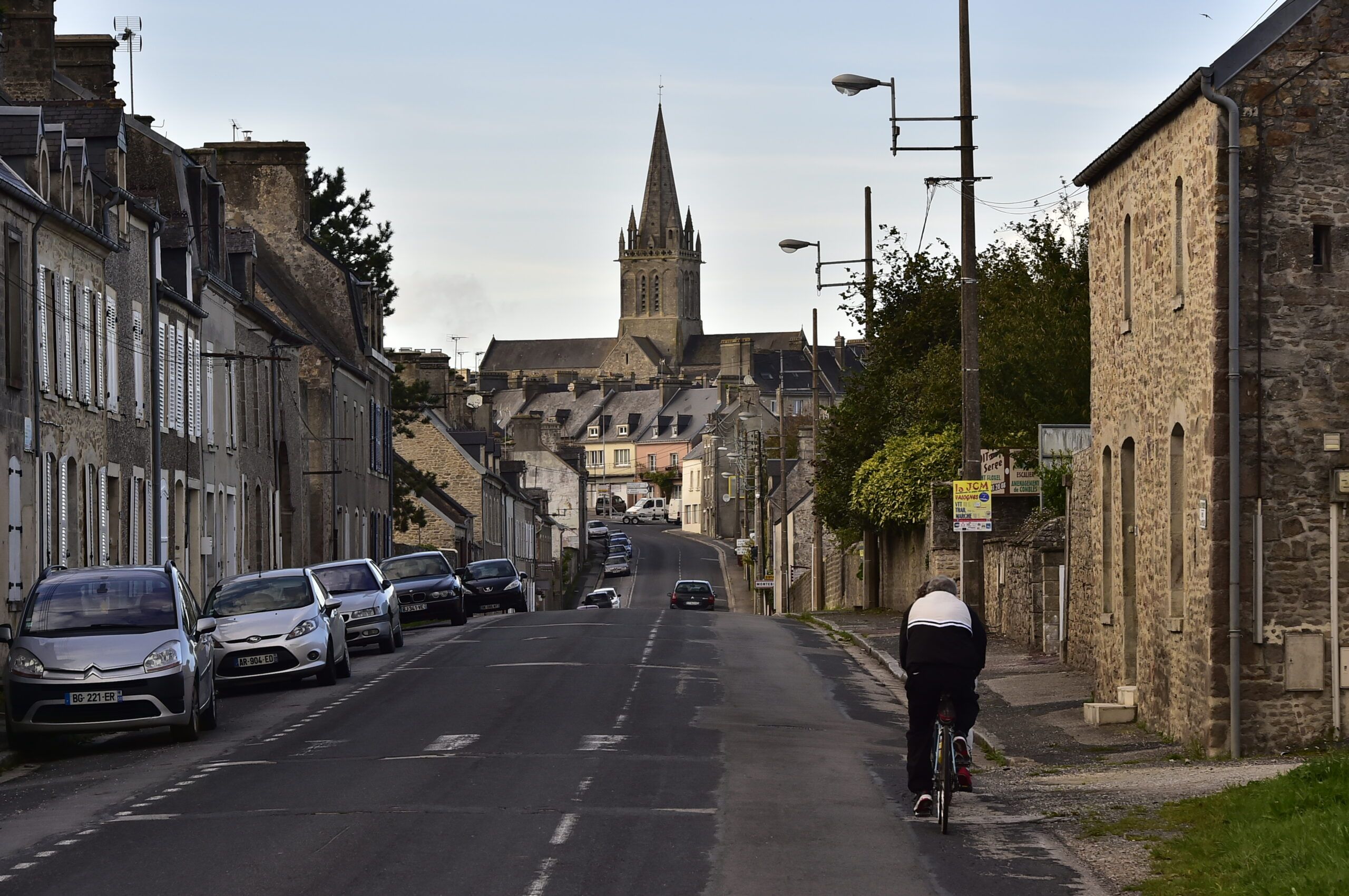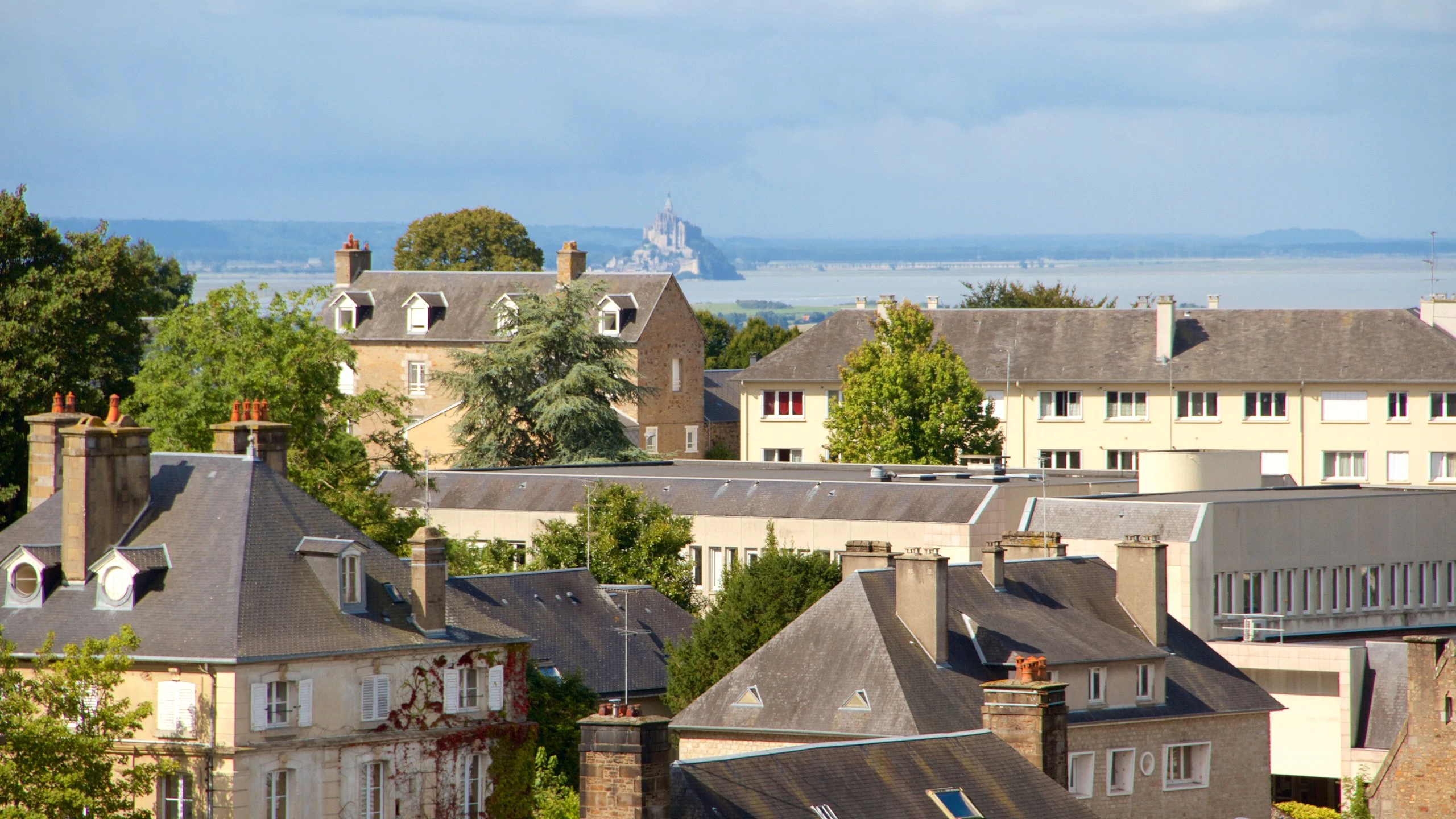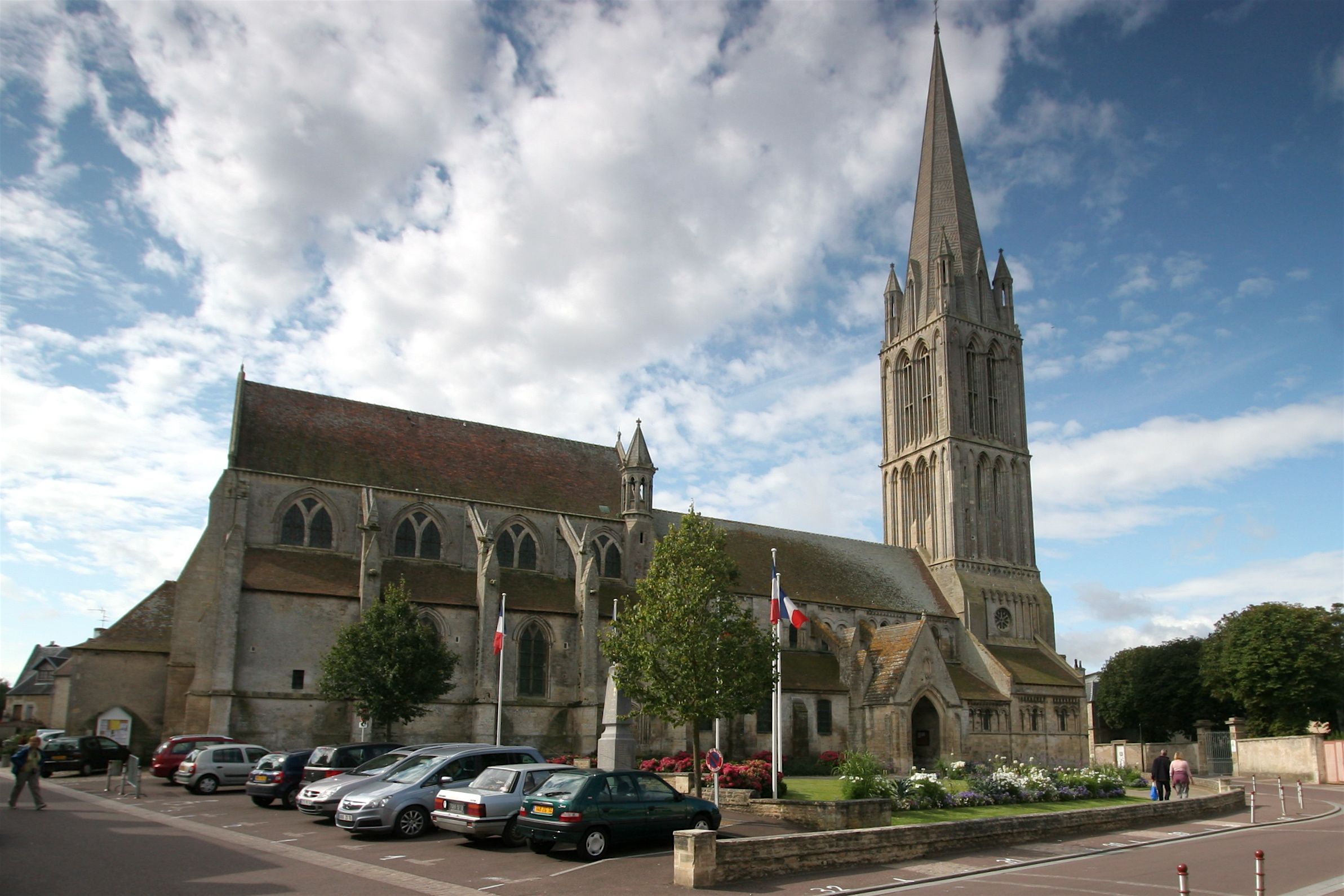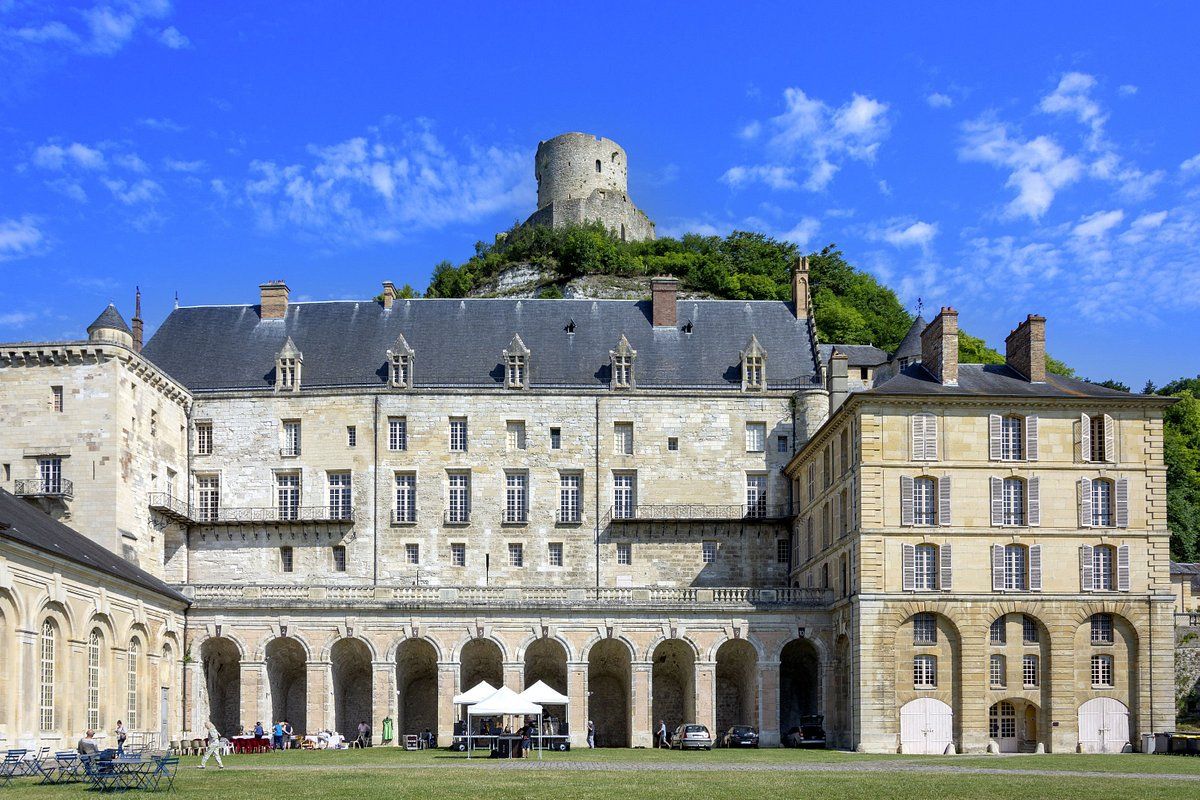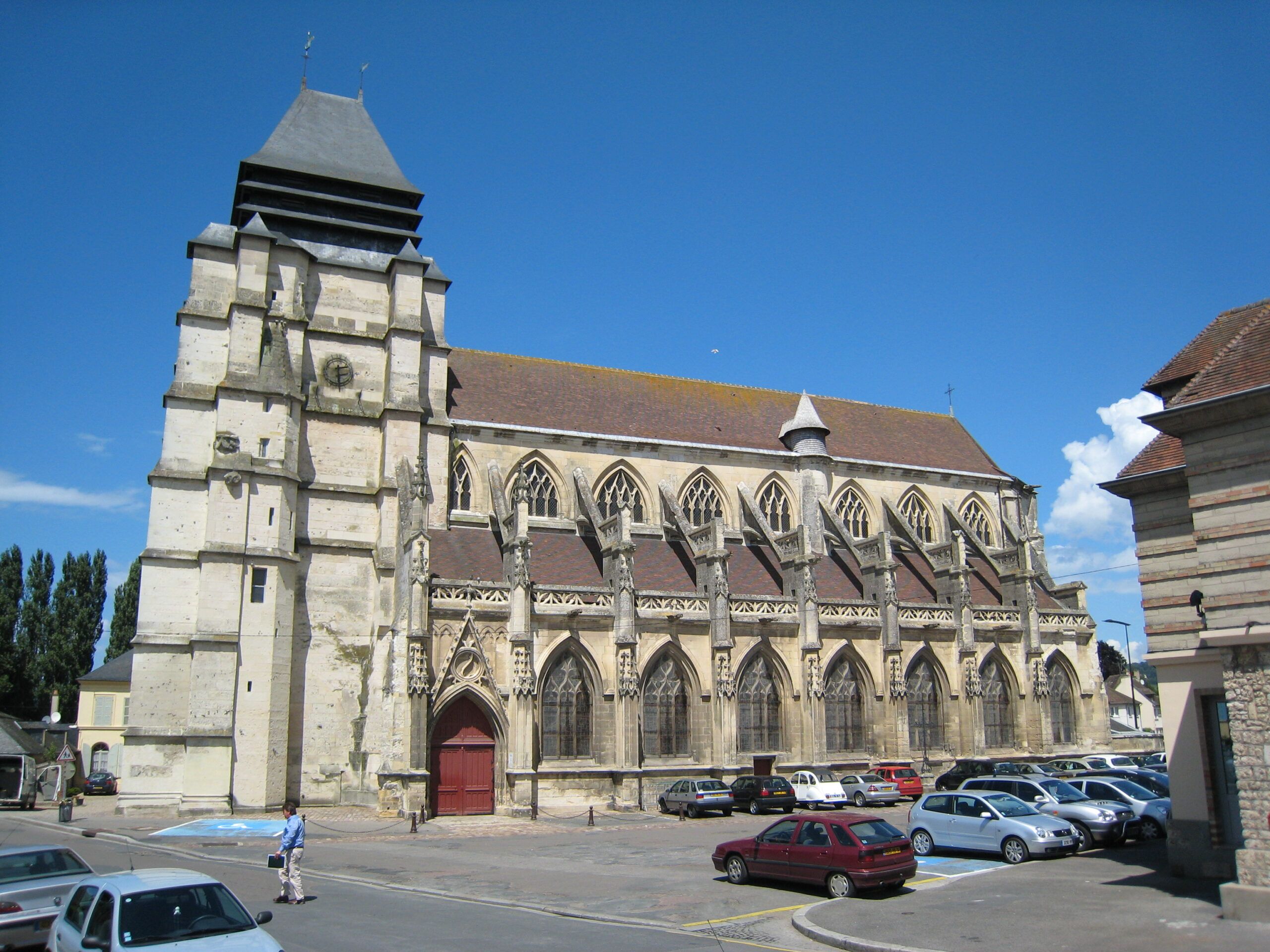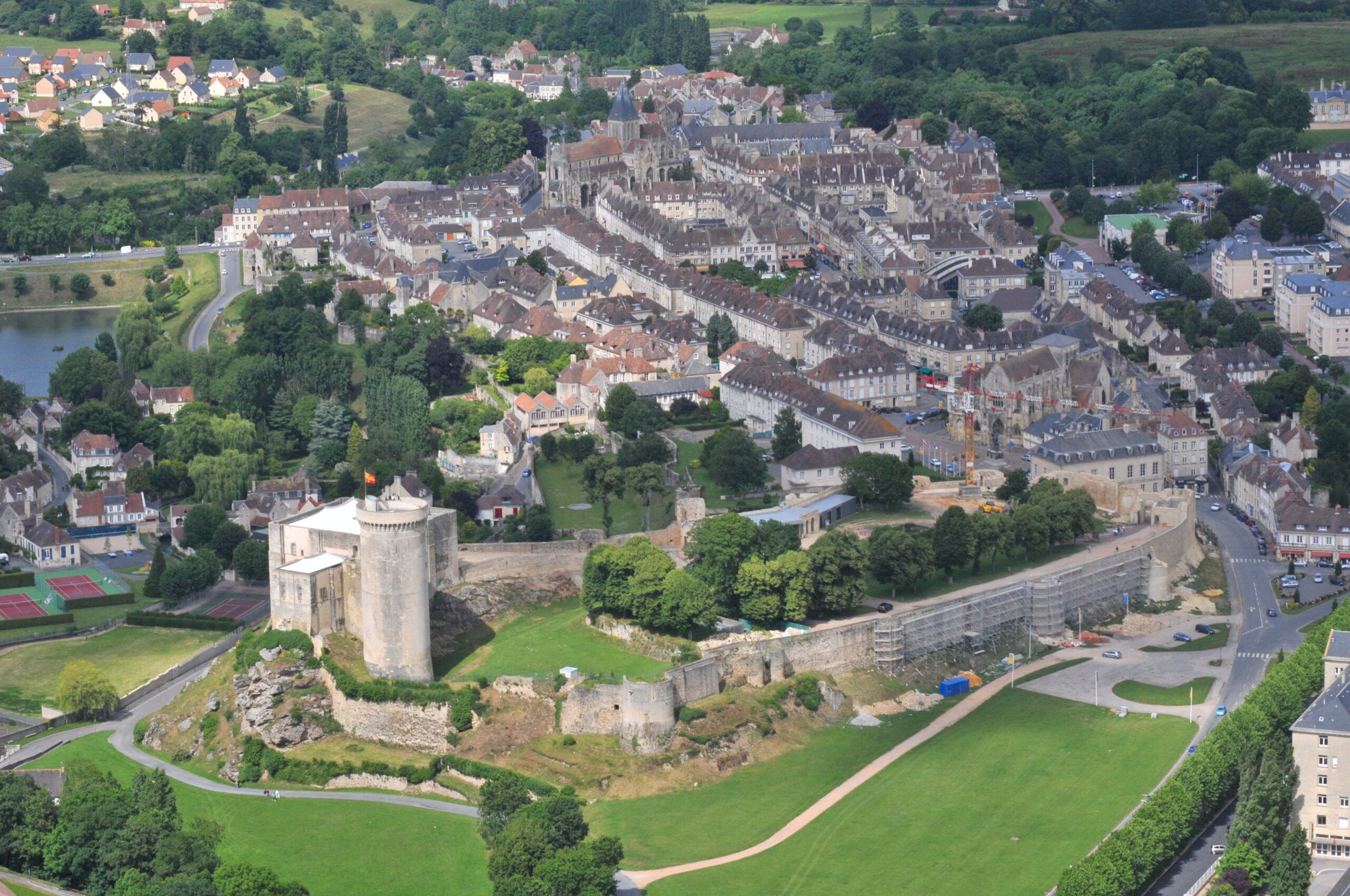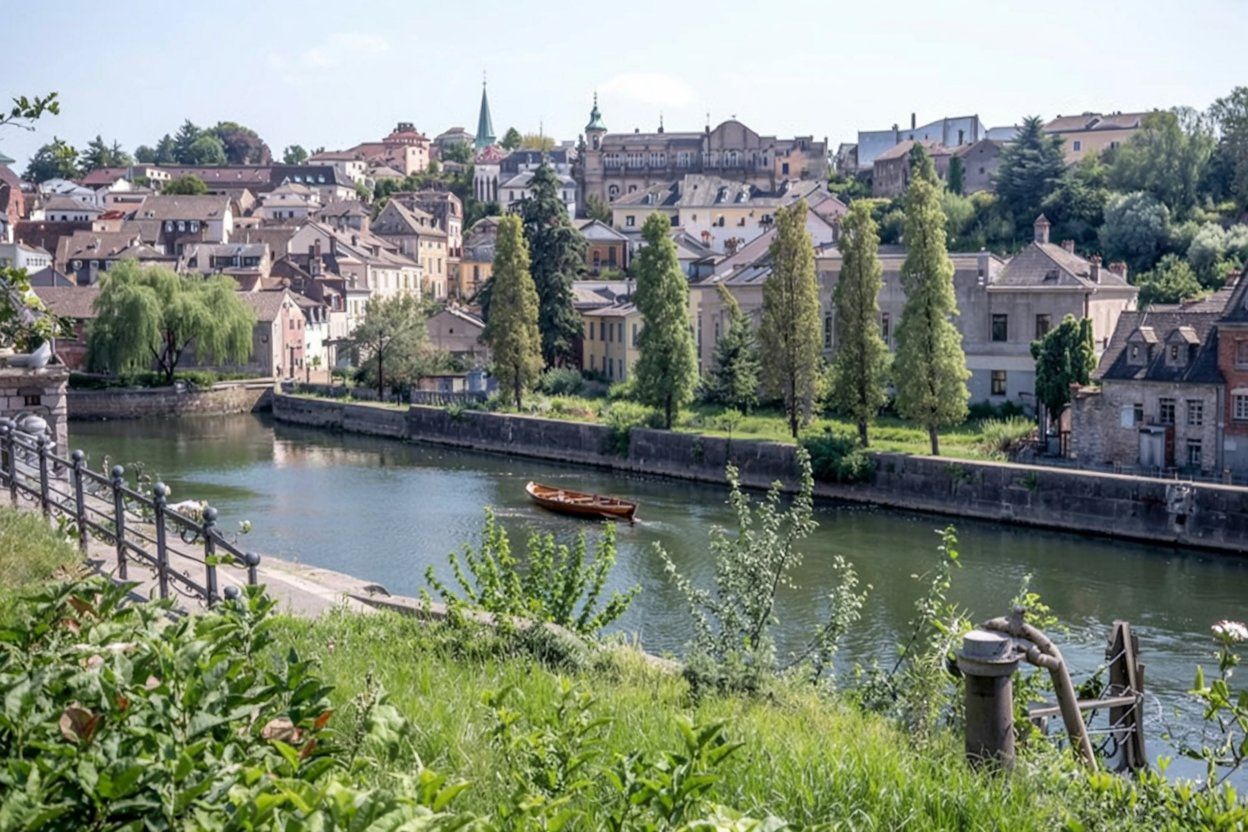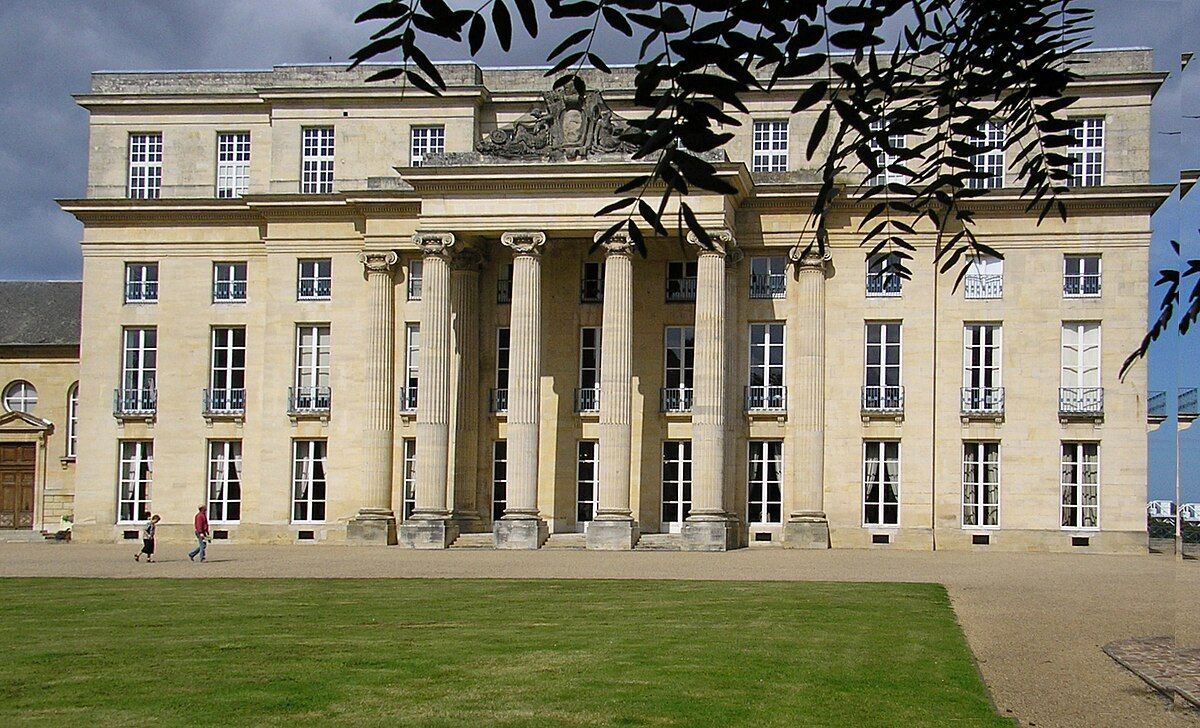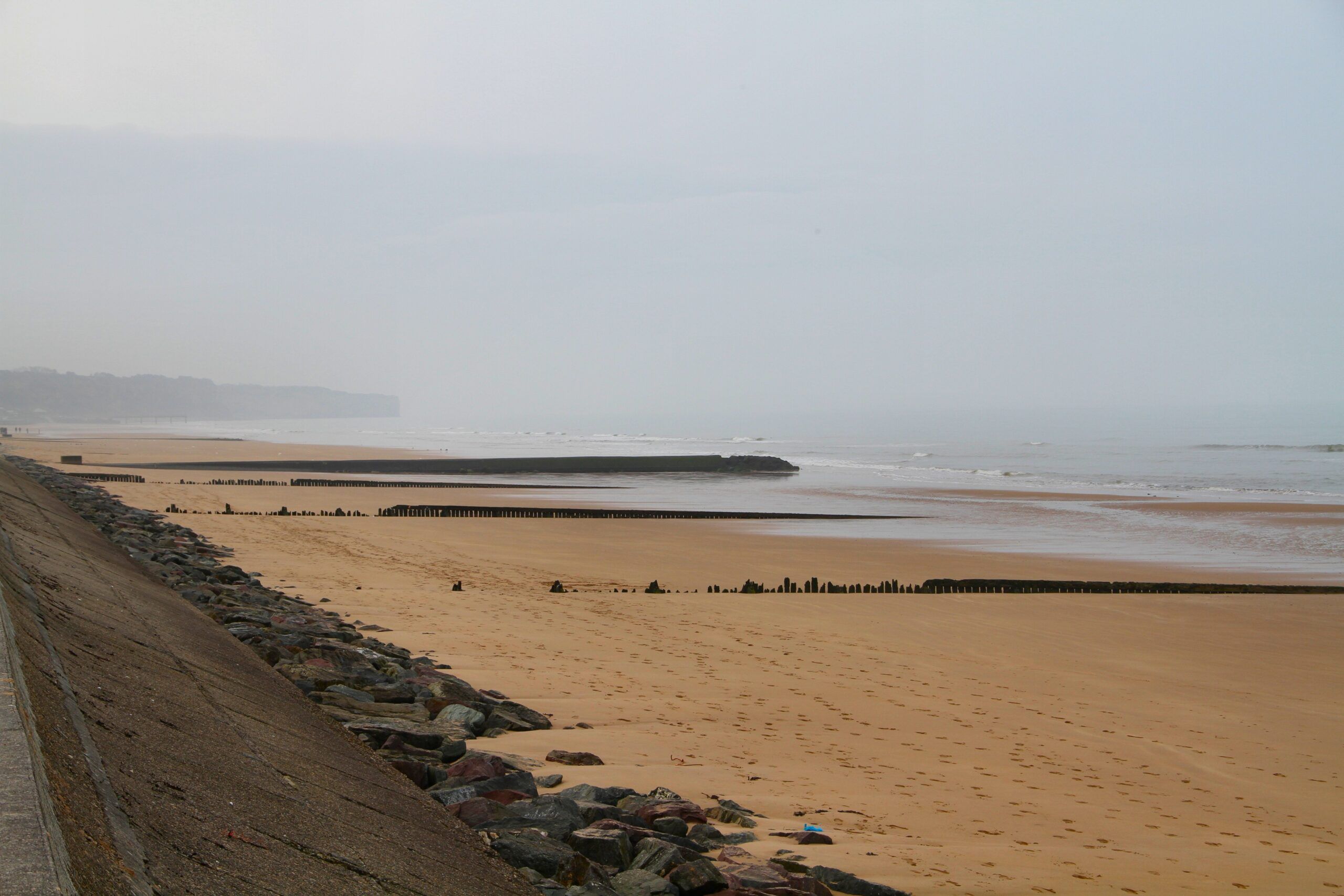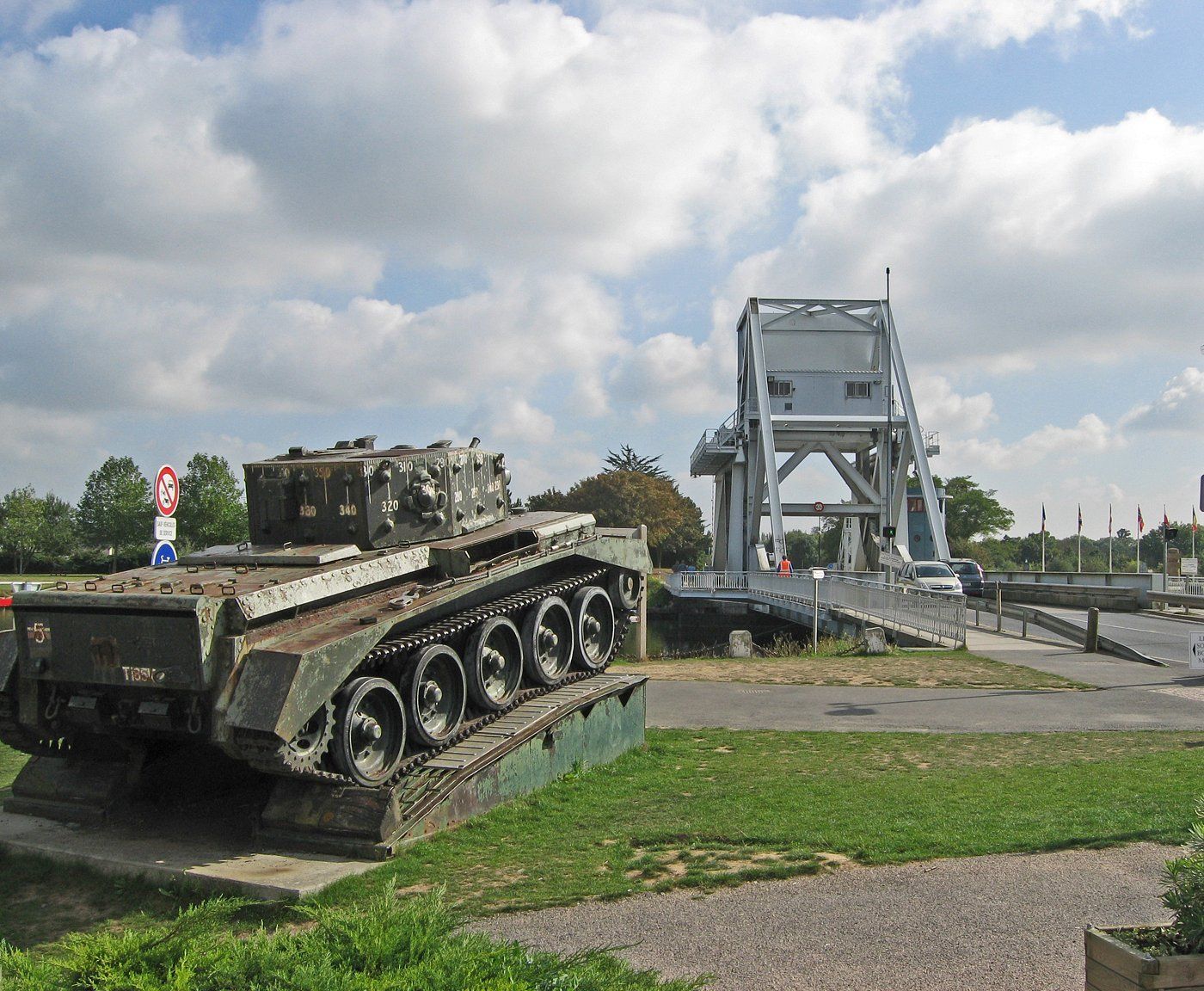Courseulles-sur-Mer sits on the historic Juno Beach where Canadian and British troops fought bravely on D-Day. Walking these shores today, you’ll see both peaceful coastal charm and powerful reminders of June 6, 1944. The Juno Beach Centre stands as the only museum dedicated to Canada’s crucial role in the liberation of France, offering visitors a meaningful connection to the 14,000 Canadian soldiers who landed here under heavy fire.
When you visit Courseulles-sur-Mer, you experience two worlds at once: a working Norman fishing port with fresh seafood and colorful boats, alongside solemn D-Day memorials. The town works well as a base for exploring other D-Day sites along the Normandy coast, with plenty of guided tours covering the landing beaches, artificial harbors, and the Allied strategy.
Visit Recommended D-Day historic hotels and B&Bs along the invasion beaches.
Spring and summer 2025 will mark the 81st anniversary of these landings, making it a special time to visit. The area has something for everyone—history buffs can explore bunkers and museums, while families enjoy the sandy beaches and coastal walks that witnessed history.
Historical Significance of Courseulles-sur-Mer in World War II
Courseulles-sur-Mer played a crucial role during World War II as a key landing site during the Allied invasion of Normandy on June 6, 1944. This small French coastal town found itself at the center of one of the most important military operations in modern history.
The Role of Canadian Troops
Canadian forces got the job of capturing Courseulles-sur-Mer on D-Day. The Royal Winnipeg Rifles and Regina Rifle Regiment, part of the 3rd Canadian Infantry Division, led the assault on this section of Juno Beach.
These soldiers faced heavy machine gun fire as they pushed inland from the beaches. Many Canadians lost their lives during the initial landing, but their determination proved decisive.
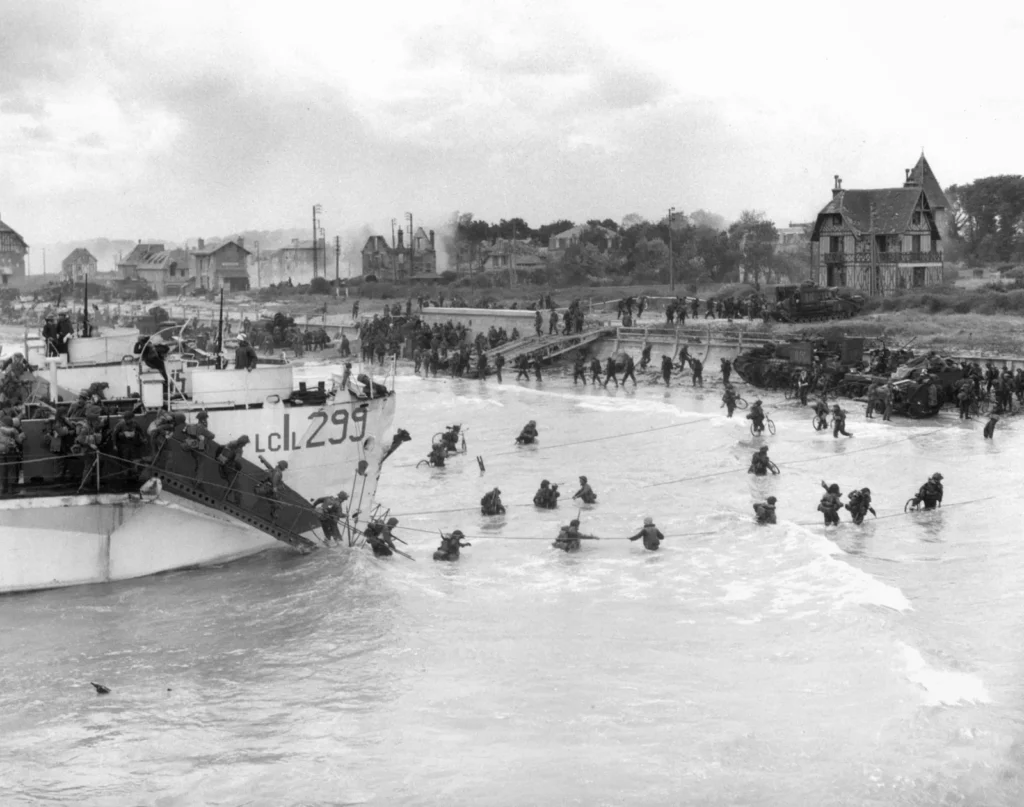
By the end of D-Day, Canadian troops had advanced nearly 7 miles inland—farther than any other Allied force that day. Their success at Courseulles-sur-Mer helped establish a crucial foothold in Nazi-occupied France.
The town’s liberation means a lot in Canadian military history, with monuments still standing today to honor their sacrifice.
D-Day Landings at Juno Beach
Courseulles-sur-Mer sat right in the middle of Juno Beach, one of five designated landing zones for Operation Overlord. The beach got the code name “Juno” as part of Allied security measures.
At 7:45 AM on June 6, 1944, the first waves of Canadian troops hit the shores. Rough seas delayed their landing, so they arrived after the tide had covered many beach obstacles.
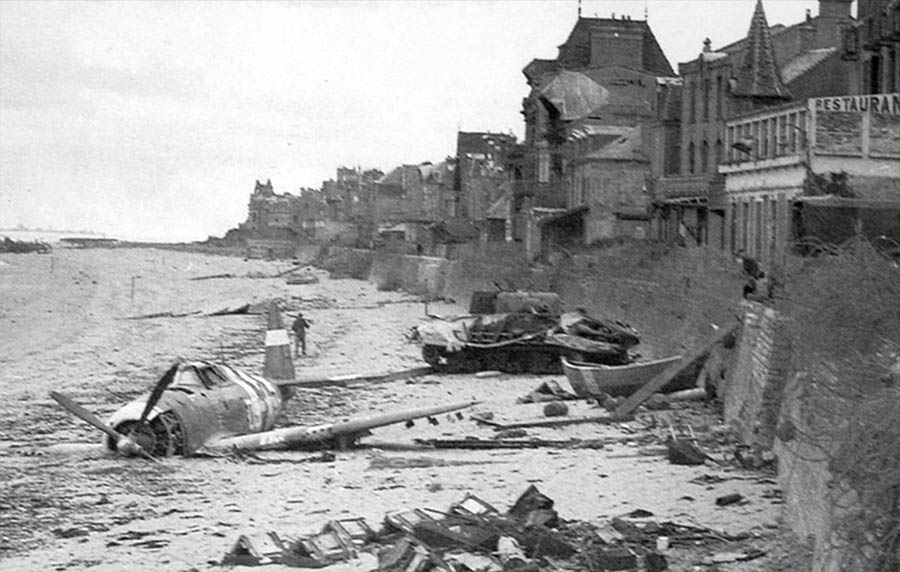
Despite tough conditions like:
- Heavy coastal defenses
- Rough waters that swamped many landing craft
- Exposed approaches with limited cover
The Canadian forces managed to secure this section of coastline within hours.
Juno Beach operations involved about 14,000 Canadian troops, with support from British Royal Navy and merchant vessels. This teamwork was part of the largest amphibious invasion in military history.
German Fortifications and Strategic Importance
German forces heavily fortified Courseulles-sur-Mer, recognizing its strategic value along the Norman coast. The town had major defensive positions, including strongpoints coded Wn 29 and Wn 30.
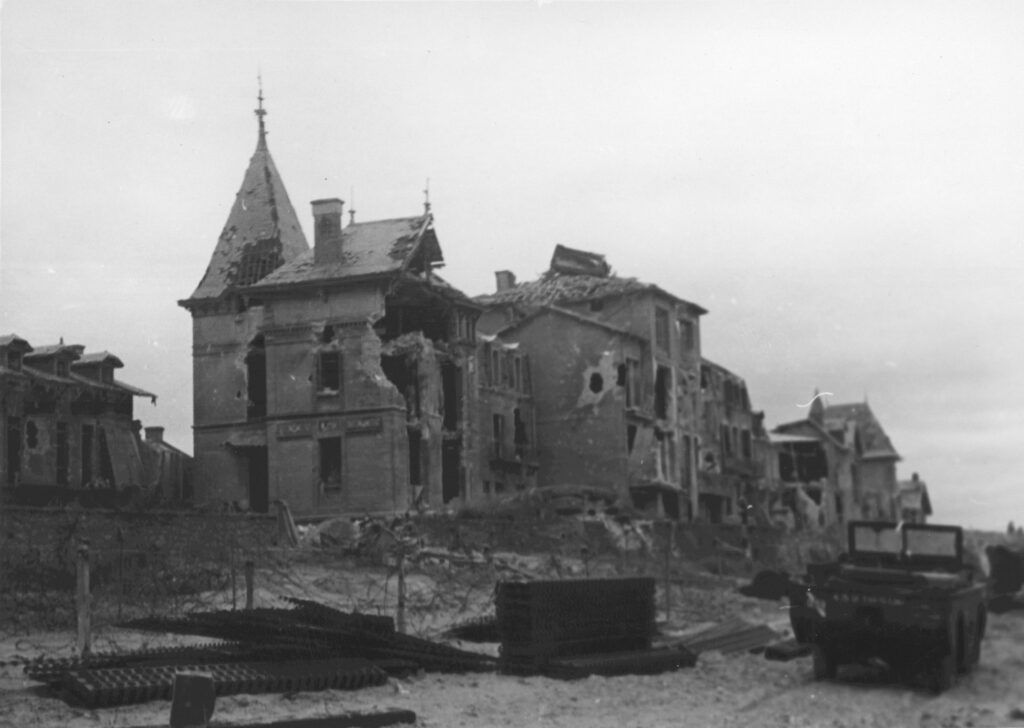
A massive anti-tank wall stretched along the beachfront, meant to stop Allied vehicles from advancing inland. These concrete barriers came with:
- Machine gun nests
- Artillery positions
- Minefields on the beach and approaches
- Underwater obstacles to damage landing craft
These defenses were part of Hitler’s “Atlantic Wall“—a system of fortifications meant to repel any invasion attempt from Britain.
Courseulles-sur-Mer’s harbor and access to inland routes made it especially valuable to both defenders and invaders. Control of this spot allowed Allied forces to move troops and supplies through Normandy toward Paris and beyond.
Visiting Juno Beach Today
Today, Juno Beach offers visitors a powerful blend of history and remembrance. The beach where Canadian forces landed on D-Day now serves as an important site for education and reflection.
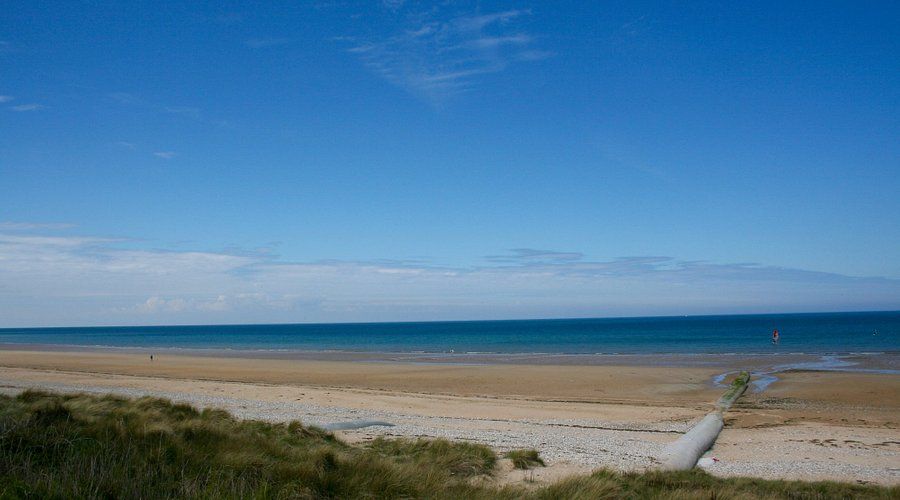
Juno Beach Centre
The Juno Beach Centre in Courseulles-sur-Mer stands as Canada’s main Second World War museum in France. Opened to honor the 45,000 Canadians who fought on D-Day, this modern facility gives you an immersive educational experience.
The Centre features interactive exhibits that bring the Canadian war experience to life. You’ll find personal stories, artifacts, and multimedia presentations that show Canada’s crucial role in the Allied victory.
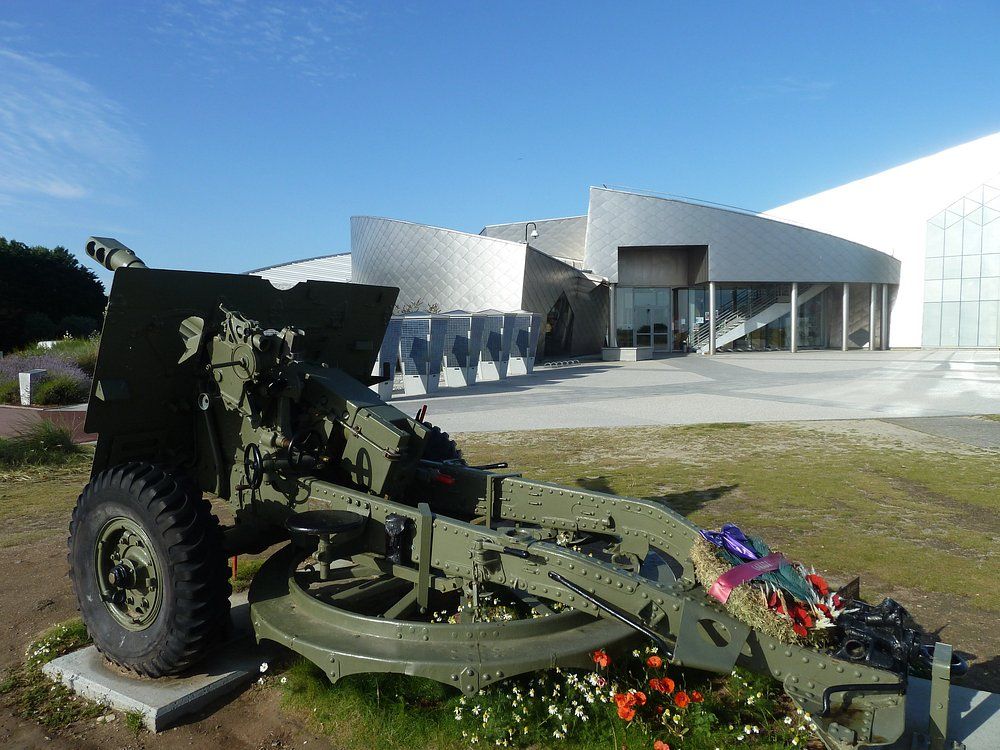
The striking eight-foot bronze sculpture “Remembrance and Renewal” greets you outside the museum. Plan for 1-2 hours to see the main exhibits.
Admission covers all permanent exhibits and the Juno Park guided tour. The Centre is fully accessible and offers services in both English and French.
Memorials and Landmarks
Beyond the Centre, Juno Beach features several important memorials marking the Canadian sacrifice. The main Canadian memorial at Courseulles-sur-Mer honors units that landed here on June 6, 1944.
The Bény-sur-Mer Canadian War Cemetery lies just inland. Nearly 2,000 Canadian soldiers rest here, each grave marked with the maple leaf emblem. The peaceful grounds offer a place for quiet reflection.
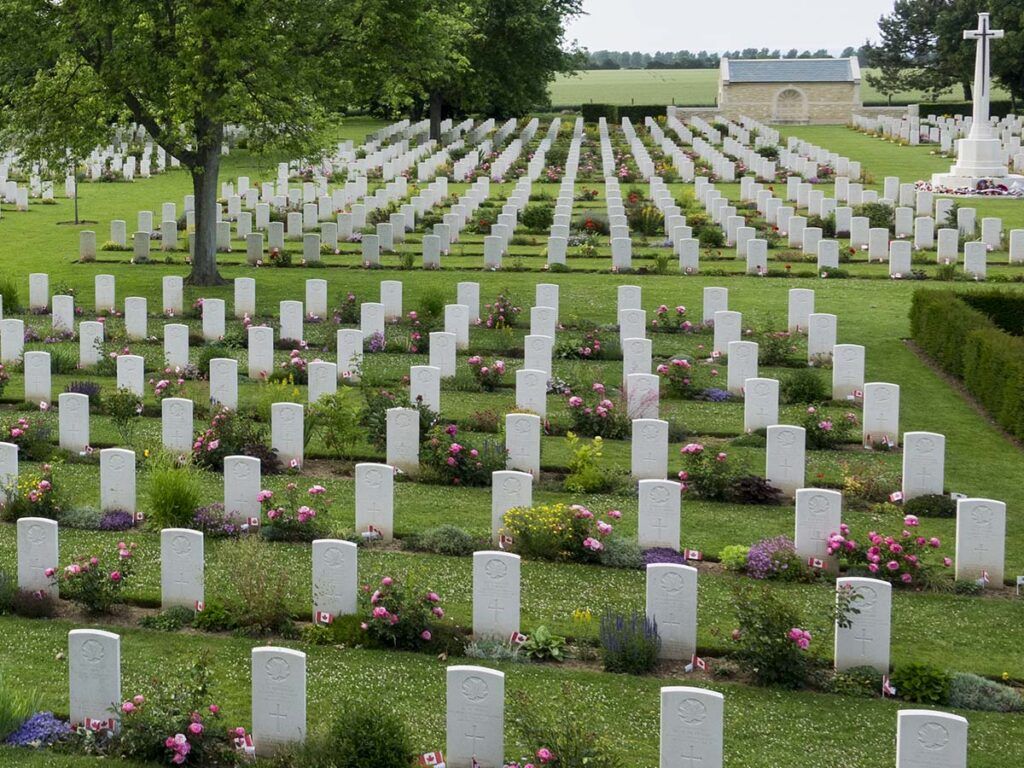
Several preserved German bunkers still dot the coastline. These concrete structures show the tough defenses Canadian troops faced during the landings.
Beach markers identify the specific sectors where different Canadian regiments came ashore. Each tells part of the story of that momentous day.
Guided Tours and Educational Experiences
Guided tours give you deeper insight into Juno Beach’s significance. The Juno Beach Centre offers daily guided walks along the shore with staff who explain the D-Day events in detail.
You can also arrange private tours with local experts who specialize in Canadian military history. These personalized experiences often include transportation to multiple D-Day beaches and related sites.
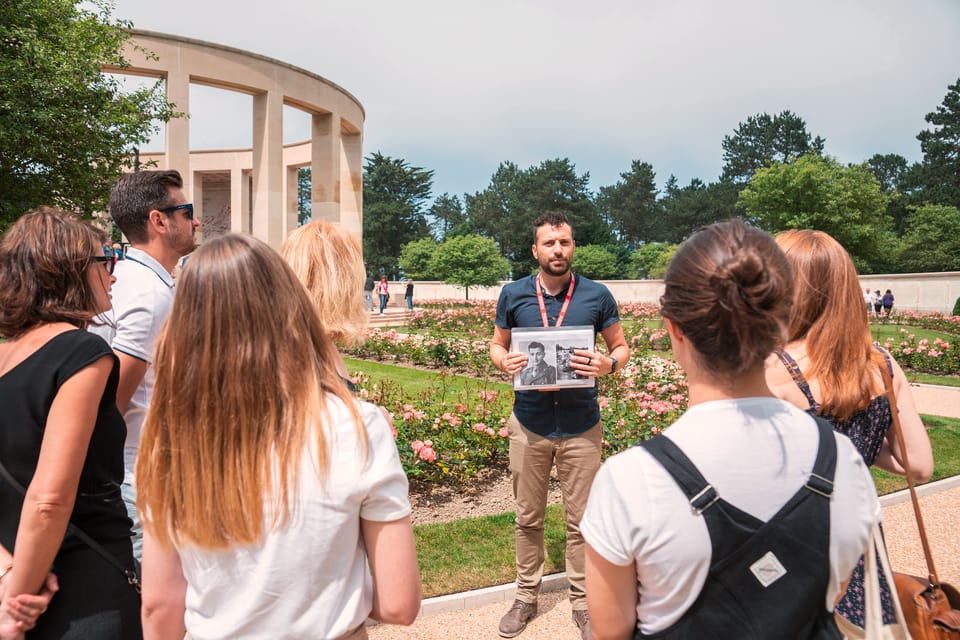
For families, the Centre offers programs designed for younger visitors. These interactive activities help kids understand complex historical events at their level.
Educational materials come in multiple languages. Many guides use maps, photos, and personal accounts to bring June 6, 1944 to life as you stand on the actual landing beaches.
Recommended D-Day Tours:
- American D-Day Sites in Normandy Full-Day Tour
- American D-Day Sites in Normandy Half-Day Tour
- Half-Day Normandy WWII Sidecar Tour
- Full-Day US Battlefields of Normandy Tour
Commemorations and Anniversaries
Courseulles-sur-Mer holds special significance in D-Day history as one of the key landing sites on Juno Beach where Canadian forces came ashore. The town honors this legacy through various commemorative events throughout the year.
80th Anniversary of D-Day
In 2024, Courseulles-sur-Mer marked the 80th Anniversary of D-Day with special ceremonies, exhibits, and events. The commemoration focused on themes of peace, liberty, and reconciliation.
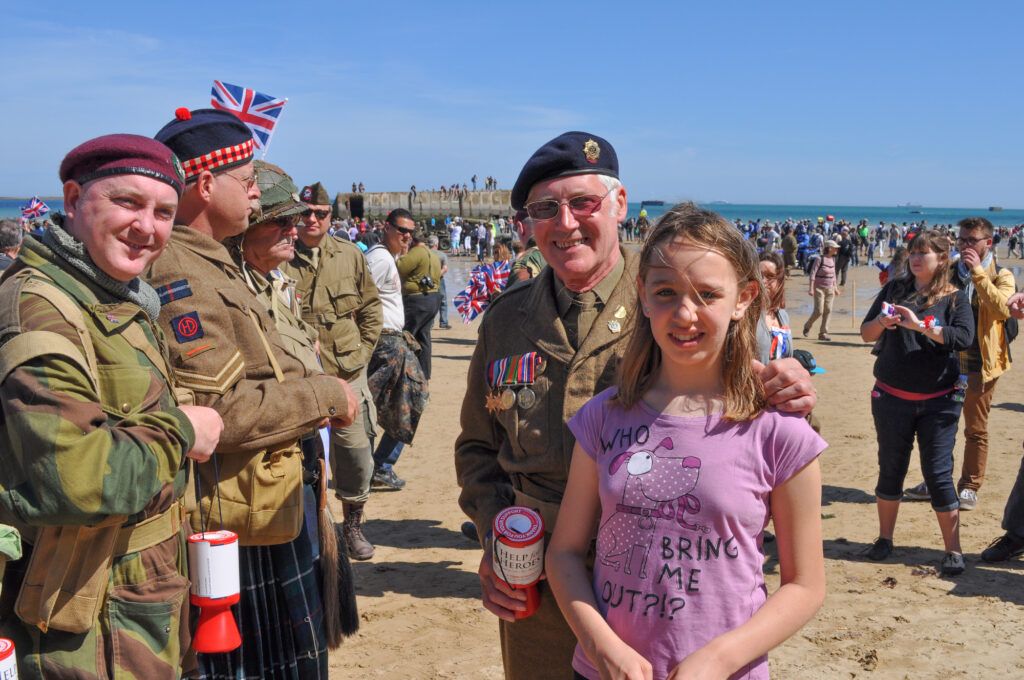
Veterans, dignitaries, and thousands of visitors gathered to honor those who fought. The Juno Beach Centre featured expanded exhibits about Canadian contributions during the Normandy landings.
Looking ahead, the 81st Anniversary in 2025 will continue these traditions. While smaller in scale than milestone years, the ceremonies remain meaningful tributes to the fallen and survivors alike.
If you’re visiting during anniversary years, book accommodations early. Local hotels and restaurants fill up quickly, especially in June.
Stay steps from Omaha Beach and historic landmarks. Best rates on local accommodations.
Annual D-Day Events in Courseulles-sur-Mer
Every June 6th, Courseulles-sur-Mer hosts ceremonies at Juno Beach. These events typically include:
- Dawn ceremony at the main Canadian memorial
- Military band performances
- Wreath-laying at monuments
- Historical reenactments
- Veterans’ speeches (when possible)
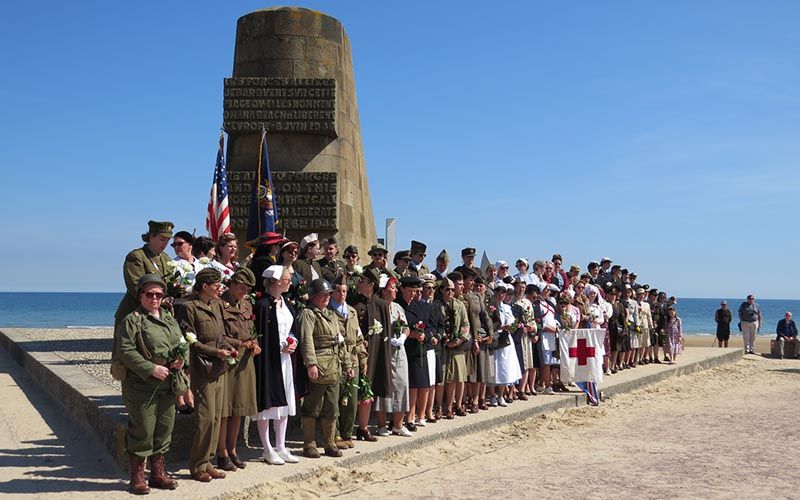
The Juno Beach Centre offers special programming throughout the anniversary week. You can join guided tours that follow the exact path taken by Canadian forces during the landings.
Local residents often display Canadian flags alongside French ones during this period. Many families maintain personal connections with Canadian veterans or their descendants.
The town square hosts a market featuring educational materials, memorabilia, and local products during the commemoration period.
Other D-Day Beach Sectors in Normandy
While Juno Beach played a vital role in the Allied invasion, it was just one of five beach sectors used during Operation Overlord. Each beach had its own challenges, troops, and historical significance that visitors can explore today.
Sword Beach Overview
Sword Beach was the easternmost landing zone during D-Day operations. British forces led the assault here, capturing this 8-kilometer stretch of coastline between Ouistreham and Saint-Aubin-sur-Mer. Their objectives included taking the city of Caen and linking up with Canadian forces at Juno Beach.
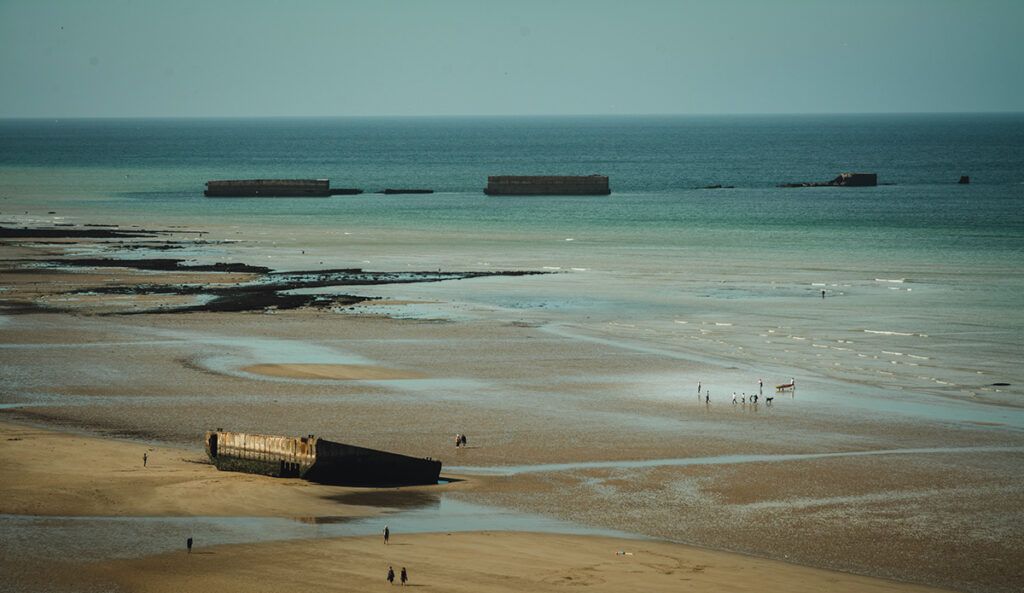
Key features to visit at Sword Beach include:
- Atlantic Wall Museum in Ouistreham
- Hillman Bunker Complex, an important German strongpoint
- Pegasus Bridge Museum, commemorating a critical airborne operation
Today, you can walk the same sands where 28,000 men came ashore on June 6, 1944. The beach towns now offer pleasant cafes and shops, creating a striking contrast to their wartime past.
Gold Beach History
Gold Beach sits between Juno and Omaha beaches, stretching from La Rivière to Arromanches. British troops had the tough task of capturing this sector, facing strong German defenses and challenging terrain.
The most remarkable feature at Gold Beach is the Mulberry Harbor at Arromanches. This artificial port was crucial for supplying Allied forces after the invasion. Remains of the massive concrete structures are still visible in the water today.
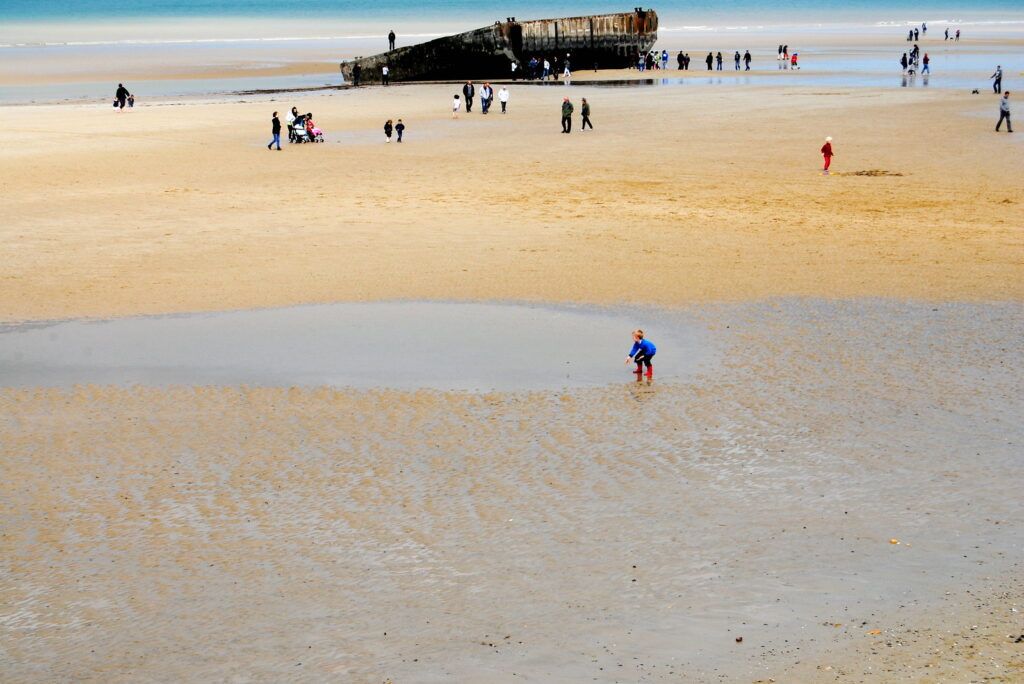
Important Gold Beach sites include:
- Arromanches 360° circular cinema with archival footage
- D-Day Museum explaining the harbor’s engineering feat
- Ver-sur-Mer British Memorial, honoring 22,442 soldiers under British command
The British forces who landed here managed to advance further inland than any other Allied troops on D-Day.
Omaha and Utah Beaches
American forces faced the most difficult fighting at Omaha Beach, where high cliffs and strong defenses led to heavy casualties. The opening scenes of “Saving Private Ryan” depict this brutal landing. Utah Beach, by contrast, saw less resistance despite being the westernmost landing site.
At Omaha Beach, you can visit:
- Normandy American Cemetery with 9,388 graves
- Pointe du Hoc Ranger Monument, where Army Rangers scaled 100-foot cliffs
- Omaha Beach Memorial Museum in Saint-Laurent-sur-Mer
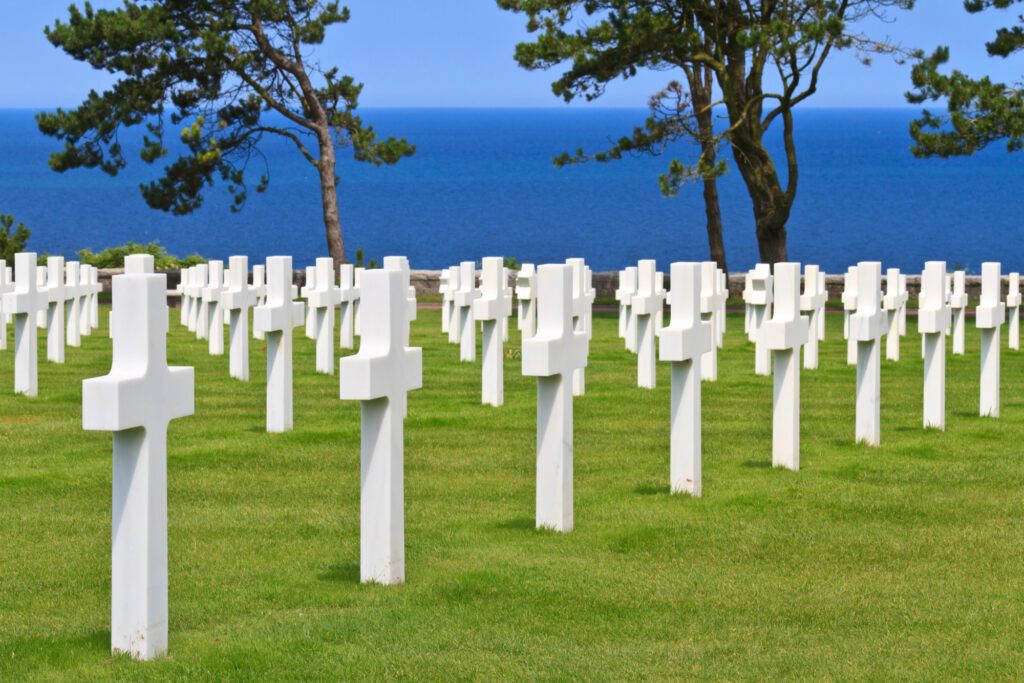
Utah Beach highlights include:
- Utah Beach Landing Museum built around an original B-26 bomber
- German bunkers that remain largely intact
- Sainte-Mère-Église, where paratroopers landed before the beach assault
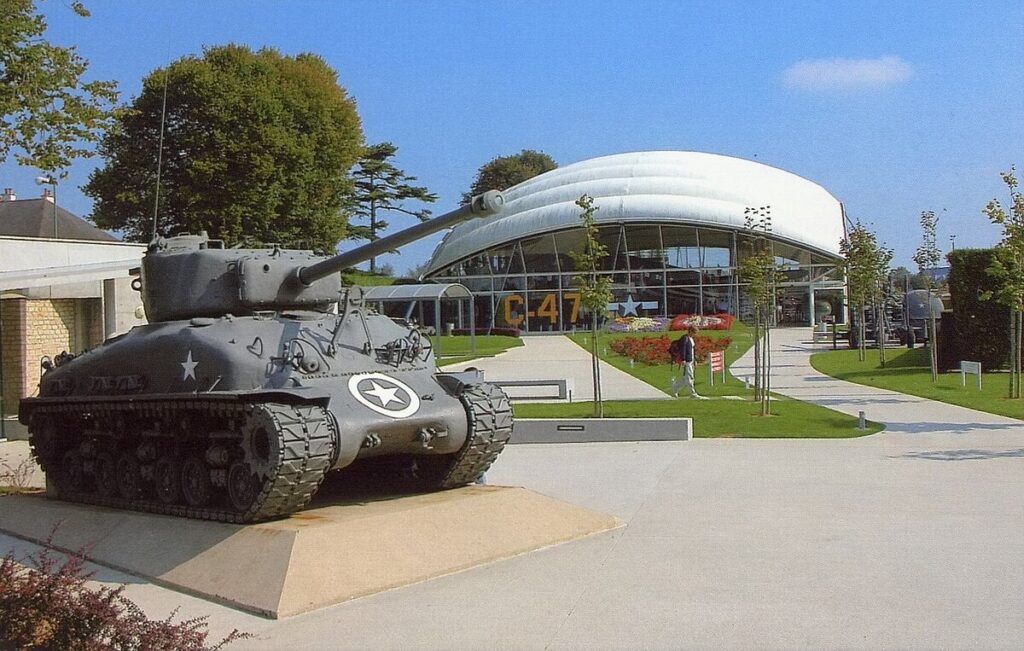
Both beaches stretch across beautiful coastline that belies their bloody history.
Find the perfect base for exploring Utah Beach, Pointe du Hoc, and beyond.
Nearby Historical Sites and Towns
While visiting Courseulles-sur-Mer, you can explore several important World War II sites and historic towns within easy driving distance. These locations offer different perspectives on both D-Day operations and Norman heritage.
Bayeux and the Bayeux Tapestry
Bayeux, just 30 minutes from Courseulles-sur-Mer, has the distinction of being the first major town liberated by the Allies. The town emerged largely undamaged from the war, preserving its medieval character.
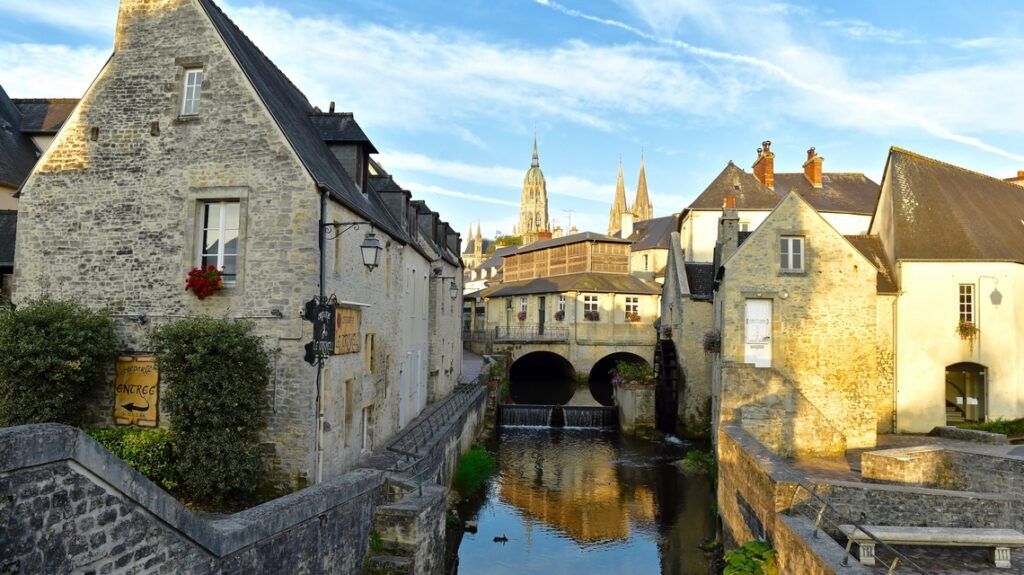
The Bayeux Tapestry, housed in a dedicated museum, predates D-Day by nearly 900 years. This remarkable 70-meter embroidered cloth depicts William the Conqueror’s 1066 invasion of England. The museum offers audio guides in multiple languages to help you understand this unique historical document.
Bayeux also has the Battle of Normandy Memorial Museum and the largest British war cemetery in France with over 4,000 graves. The town’s center features the impressive Notre-Dame Cathedral, dating from the 11th century.
Arromanches and the Mulberry Harbors
Located 10 km from Courseulles-sur-Mer, Arromanches shows the ingenuity behind the D-Day landings. Here you can see remnants of the artificial “Mulberry” harbor that allowed Allied forces to unload supplies.

The D-Day Museum (Musée du Débarquement) explains how engineers created this temporary port. A working model demonstrates how the harbor functioned during the critical weeks after D-Day. From the museum’s windows, you can spot concrete caissons still visible in the bay.
For a panoramic view, visit the 360° Cinema on the bluffs above town. This circular theater shows historical footage on nine screens, giving you a powerful sense of the area during wartime operations.
Pegasus Bridge and Paratroopers’ Missions
About 25 km east of Courseulles-sur-Mer, Pegasus Bridge marks one of D-Day’s earliest and most crucial actions. British paratroopers captured this strategic bridge in a daring glider landing just after midnight on June 6, 1944.
The Pegasus Memorial Museum displays the original bridge and explains how a small force of airborne troops secured this vital crossing. You can see a full-size replica of a Horsa glider used in the operation.
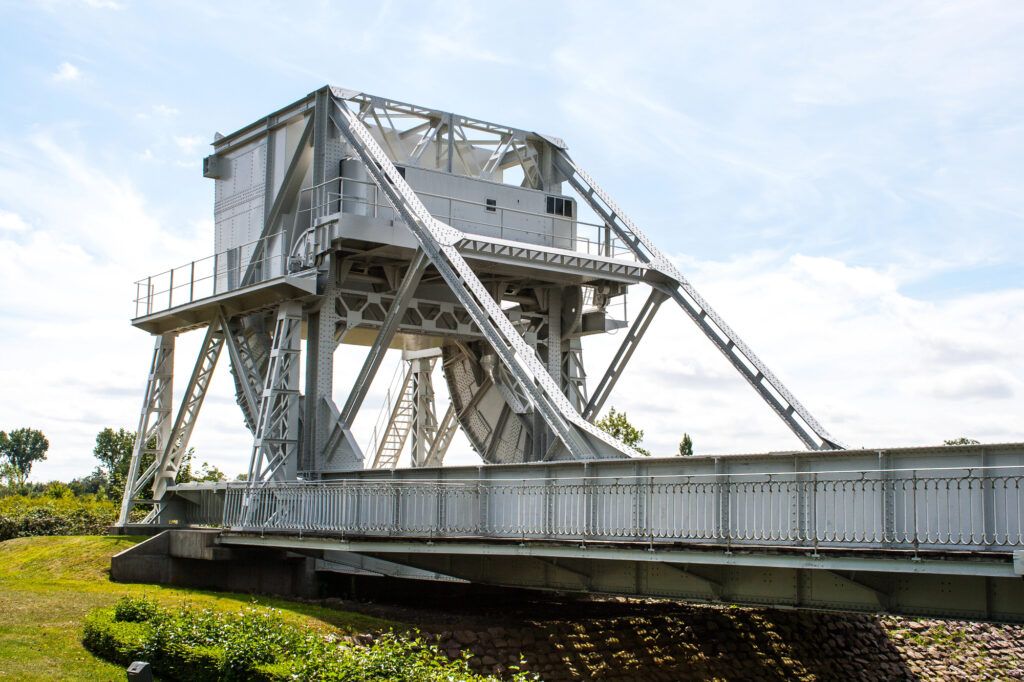
Nearby Café Gondrée claims the title of “first house liberated in France” and still operates today. The area also features memorials to various airborne units that dropped behind enemy lines to secure the eastern flank of the invasion beaches.
Cherbourg and the Cotentin Peninsula
The Cotentin Peninsula, with Cherbourg at its northern tip, became a crucial objective of the Allied campaign. Located about 90 minutes from Courseulles-sur-Mer, this area saw intense fighting as American forces pushed to capture Cherbourg’s deep-water port.
Cherbourg’s Liberation Museum (Musée de la Libération) sits in a 19th-century fort with panoramic views of the harbor. The museum documents the battle for the city and the German occupation.
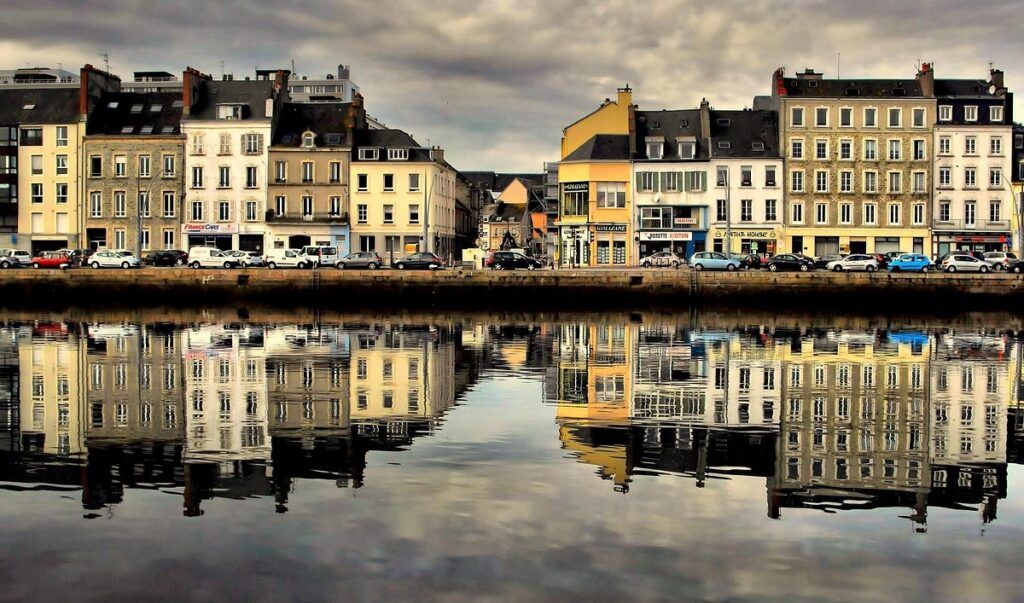
The Cotentin Peninsula also features Utah Beach, the westernmost landing site, and Sainte-Mère-Église, where American paratroopers famously landed—including one who got caught on the church steeple. The Airborne Museum here uses immersive exhibits to recreate the paratrooper experience.
Practical Information for Visitors
Planning your visit to Courseulles-sur-Mer takes some practical knowledge to make the most of your D-Day historical experience. Here’s what you need to know about transportation, places to stay and eat, and a few helpful tips to get the most out of your trip.
See available accommodations in Courseulles-sur-Mer.
Travel and Transportation
Courseulles-sur-Mer is accessible by various transportation methods. The nearest major airport is Caen-Carpiquet Airport, about 25 kilometers away. From Paris, you can take a train to Caen (2 hours) and then connect via bus or rental car to Courseulles-sur-Mer (30 minutes).
Renting a car makes exploring the D-Day beaches and surrounding areas much easier. The freedom to move between historical sites at your own pace is invaluable. Local bus services connect major towns, but schedules can be limited, especially in off-season.
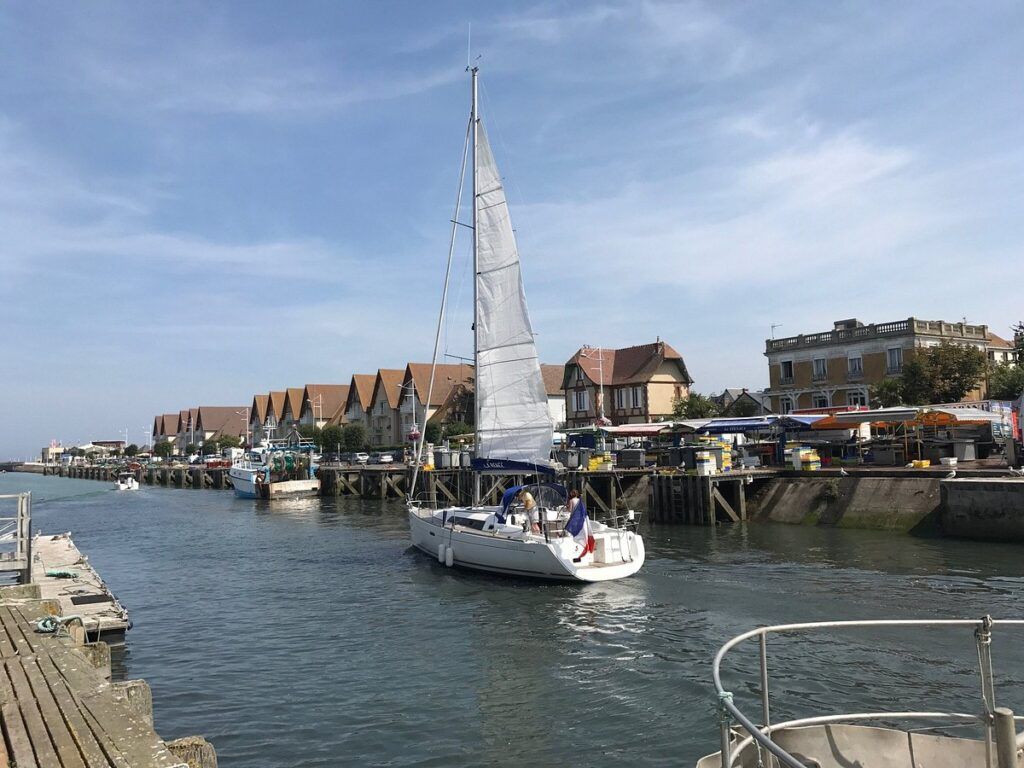
Bicycle rentals are available in town for those who prefer exploring at a slower pace. Many coastal roads have dedicated cycling paths that offer scenic routes between memorial sites.
Find comfortable stays within moments of historic battlegrounds
Accommodation and Dining Options
Courseulles-sur-Mer offers a range of accommodations to suit different budgets and preferences:
Accommodation Types:
- Small family-run hotels (€70-120/night)
- Bed and breakfasts with local hosts (€60-90/night)
- Self-catering apartments and cottages (€400-800/week)
- Campgrounds open April-October (€20-35/night)
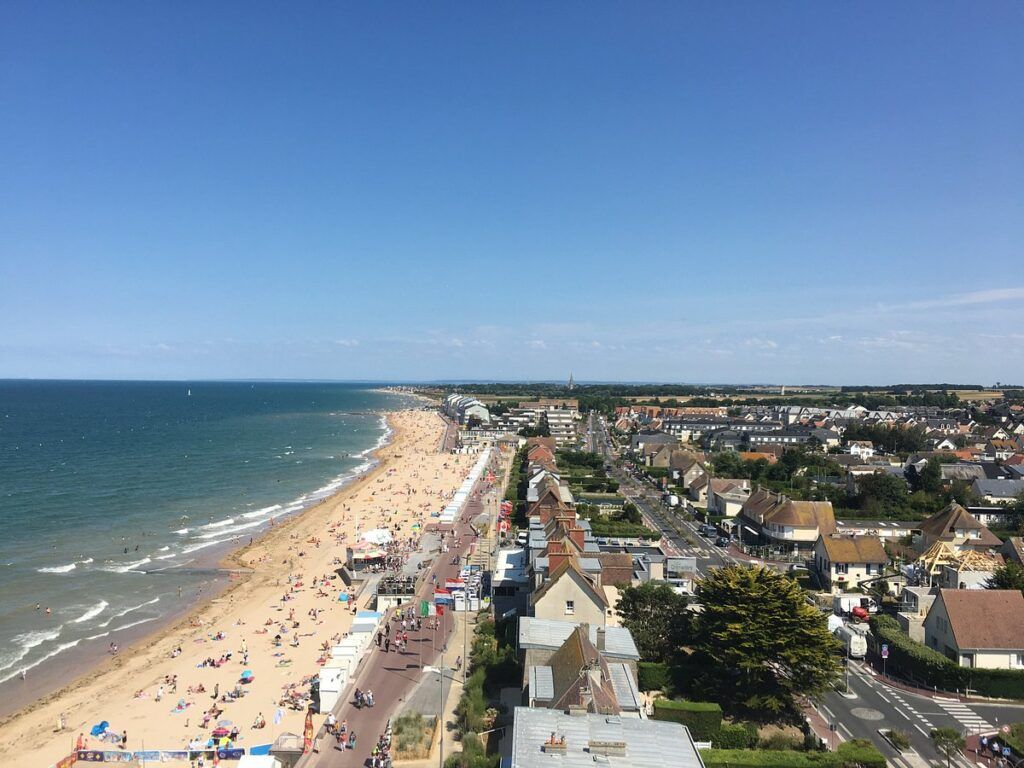
Most accommodations fill quickly for the June D-Day anniversary period. Booking 6-9 months in advance is strongly recommended.
The local dining scene focuses on Norman specialties and fresh seafood. Restaurants along the harbor offer the day’s catch, while inland spots serve traditional dishes like Calvados chicken and local cheeses. Prices range from €15-25 for lunch to €25-40 for dinner.
See available accommodations in Courseulles-sur-Mer.
Accessibility and Visitor Tips
The D-Day sites vary in accessibility. Most museums and major memorials have wheelchair access, but some beach areas and bunkers present challenges for visitors with mobility issues. Call specific sites ahead to confirm accommodations.
Best visiting times are May-June and September-October when weather is pleasant and crowds are manageable. July-August brings more tourists and higher prices.
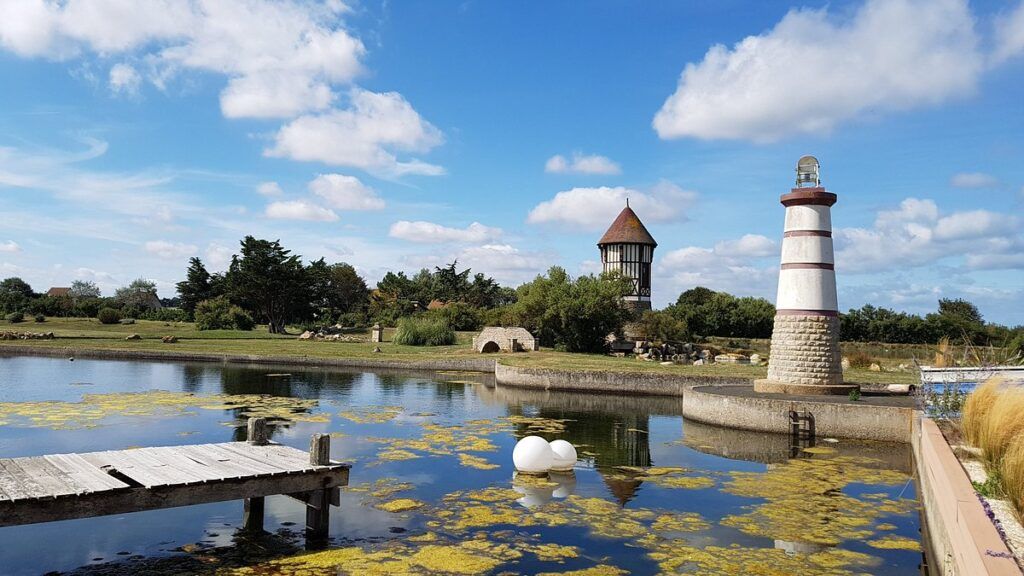
Essential items to pack:
- Comfortable walking shoes
- Raincoat (Normandy weather is changeable)
- Binoculars for coastal viewing
- Small French phrasebook
The local Tourist Office on Rue de la Mer provides free maps and guidance. Their multilingual staff can help plan your itinerary and inform you about guided tours ranging from €15-50 depending on duration and transportation included.
Many sites offer audio guides in English, but downloading a D-Day guide app before arrival can enhance your understanding of the historical context.
See available accommodations in Courseulles-sur-Mer.
The Legacy of D-Day in Modern Courseulles-sur-Mer
Courseulles-sur-Mer today stands as both a living memorial and thriving community where the past and present coexist. The town’s identity remains deeply connected to its D-Day history while embracing its future.
Preservation of Sites and Education
The Juno Beach Centre anchors preservation efforts in Courseulles-sur-Mer. This museum, opened in 2003, tells the story of Canadian forces who landed here on June 6, 1944.
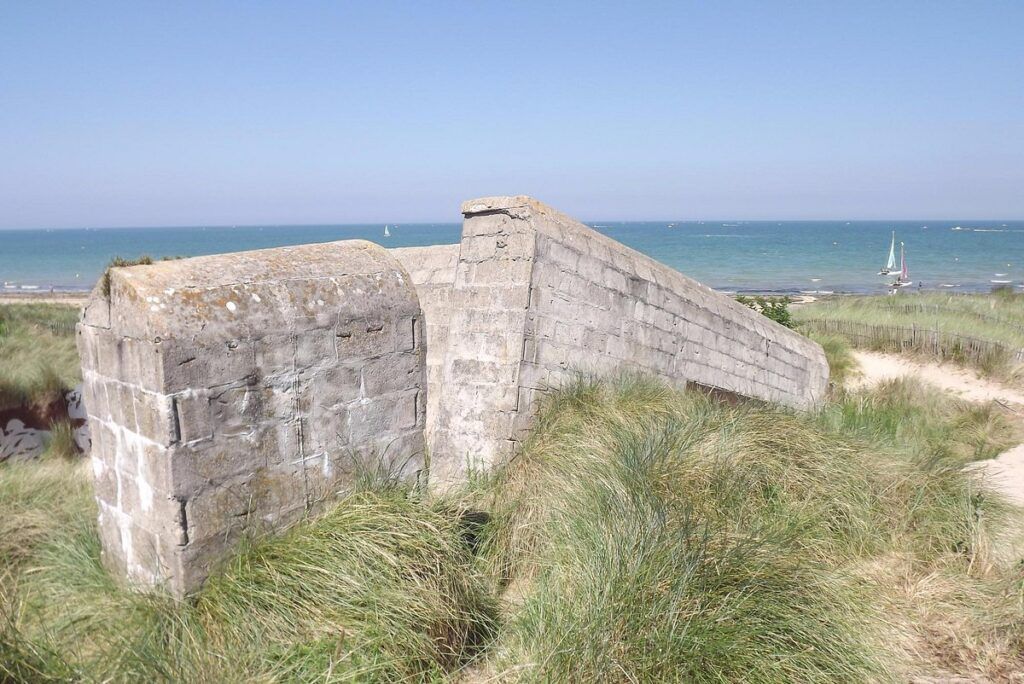
When you visit, you’ll find detailed exhibits featuring artifacts, personal stories, and interactive displays explaining the Canadian contribution to World War II. The center hosts regular educational programs for school groups and visitors of all ages.
Preserved bunkers and beach defenses remain visible along the shoreline. These concrete remnants offer tangible connections to the past. Information panels throughout town guide you to significant locations while explaining their historical context.
Annual commemorations each June draw veterans, families, and officials. These events include ceremonies, reenactments, and educational activities that keep the memory alive.
Community and Cultural Life Today
Modern Courseulles-sur-Mer balances its historical significance with everyday life. The fishing industry still matters, with the daily fish market continuing a tradition that predates the war.
You’ll notice memorials blended into public spaces rather than set apart. This approach helps keep the town’s authenticity as both a historic site and a living community.
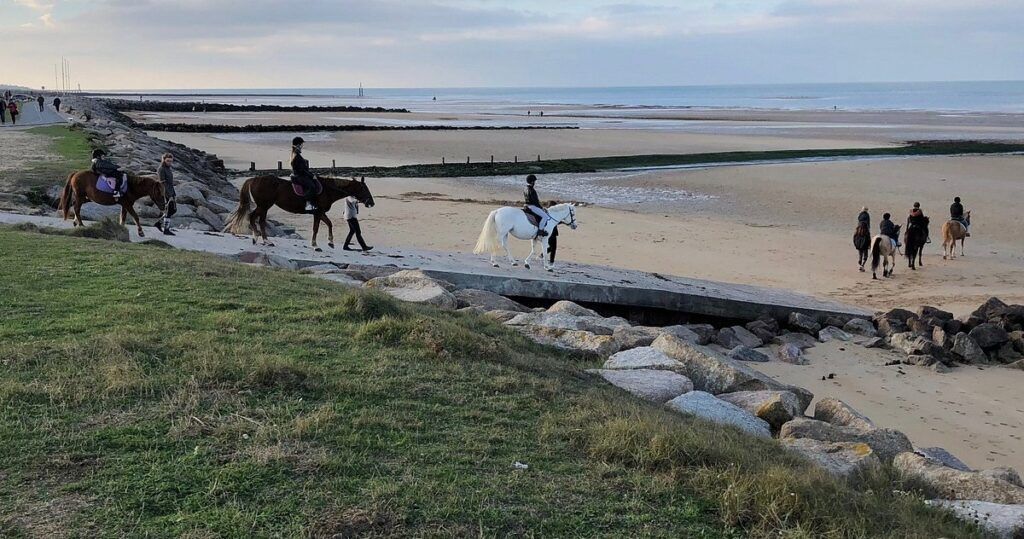
Local restaurants often feature dishes named after D-Day events or Canadian connections. Many businesses display historical photographs alongside modern offerings.
The town hosts cultural exchanges with Canadian communities, strengthening international bonds formed during liberation. These connections include student exchanges, art exhibits, and municipal partnerships.
Residents take pride in their role as unofficial historians, with many families passing down stories of the liberation through generations. When you chat with locals, you’ll often hear personal accounts or family stories tied to D-Day.
Exploring the Normandy Region Beyond D-Day
While the D-Day beaches remain central to Normandy’s WWII history, the surrounding areas offer additional historical sites that deepen your understanding of the war. These nearby locations provide context to the broader Allied campaign and honor those who sacrificed their lives.
Pas de Calais and Its WWII Connections
Pas de Calais, northeast of Normandy, played a crucial role in WWII strategy. The Germans thought this area would be the likely invasion point because it’s so close to England. Allied forces used that assumption with Operation Fortitude, creating phantom armies and false radio traffic to reinforce German expectations.
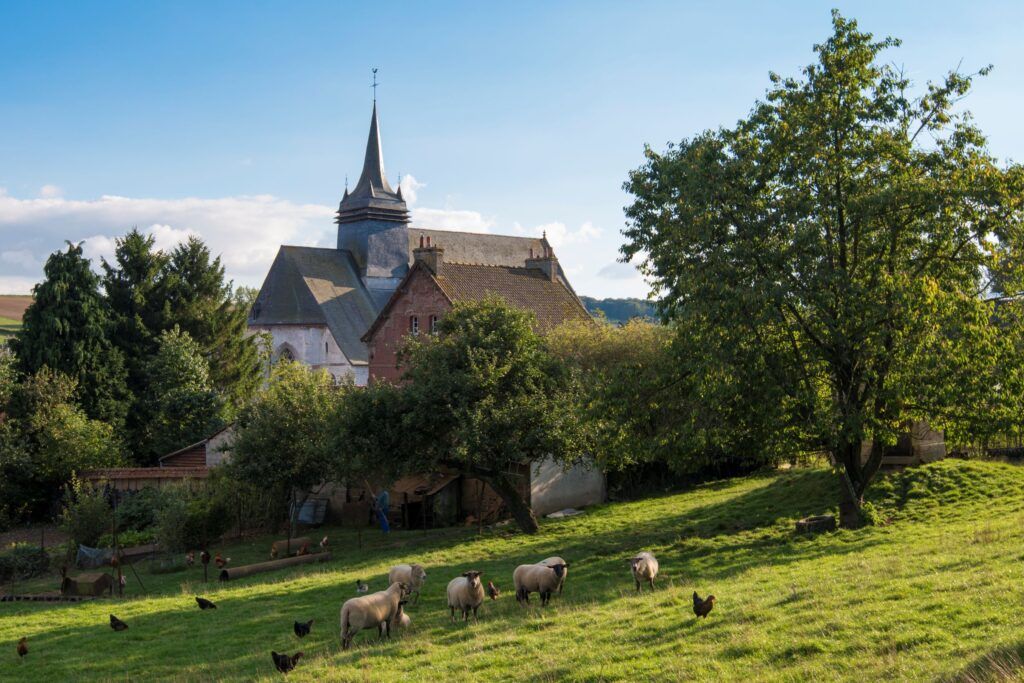
Today, you can visit several bunkers and coastal fortifications that were part of Hitler’s Atlantic Wall. The La Coupole museum, a former V2 rocket launch facility, offers exhibits on Nazi rocket technology and the occupation.
The beaches here are less crowded than Normandy’s, providing a quieter place for reflection. Many travelers find the contrast between the peaceful present-day setting and its tense wartime significance especially moving.
Colleville-sur-Mer and the Normandy American Cemetery
Just 10 miles east of Courseulles-sur-Mer lies Colleville-sur-Mer, home to the Normandy American Cemetery. This solemn site contains the graves of 9,388 American soldiers who died during the Normandy campaign.
The cemetery sits on a cliff overlooking Omaha Beach, providing a powerful visual connection between the battlefield and final resting place. The perfectly aligned white marble crosses and Stars of David create a sobering scene that helps you grasp the human cost of the liberation.
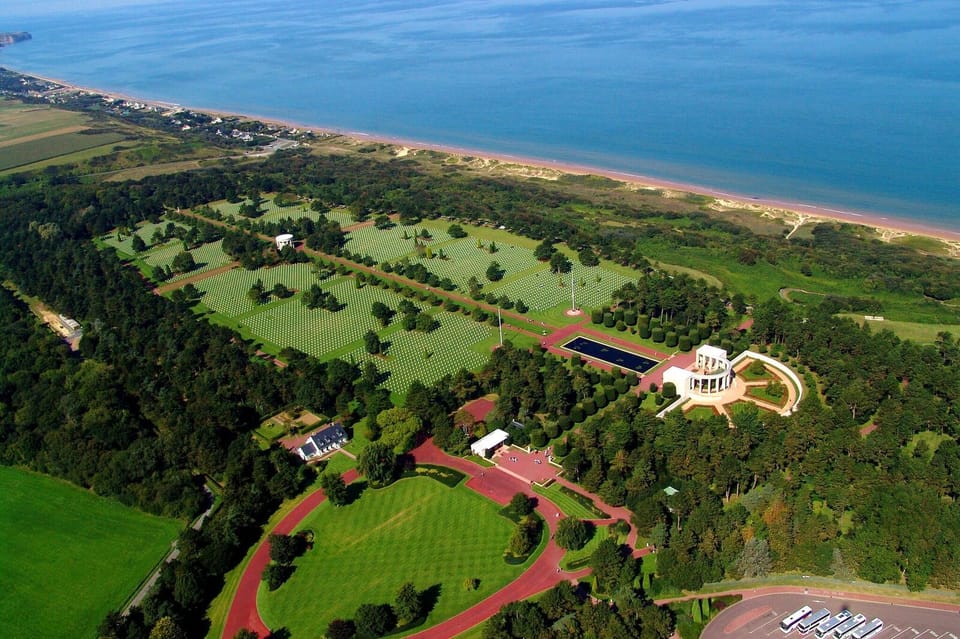
The visitor center includes personal stories, artifacts, and multimedia displays that humanize the statistics. Rangers offer free guided tours that explain the cemetery’s layout and highlight notable burials, including the Niland brothers who inspired “Saving Private Ryan.”
Visit early morning or late afternoon to avoid crowds and experience the site’s peaceful atmosphere. The daily flag-lowering ceremony at closing provides a moving conclusion to your visit.
From beachfront hotels to authentic French countryside stays. No booking fees.

